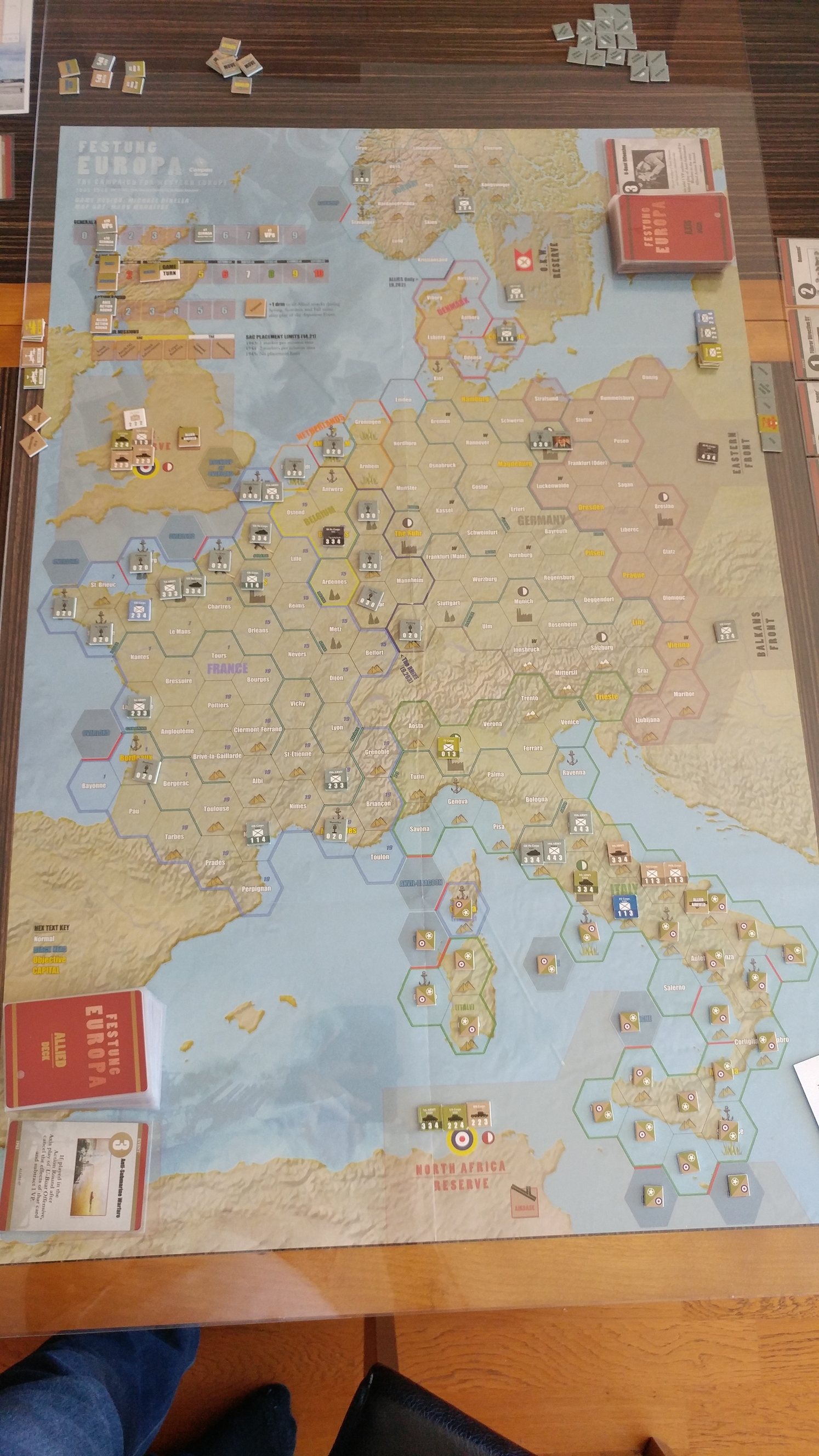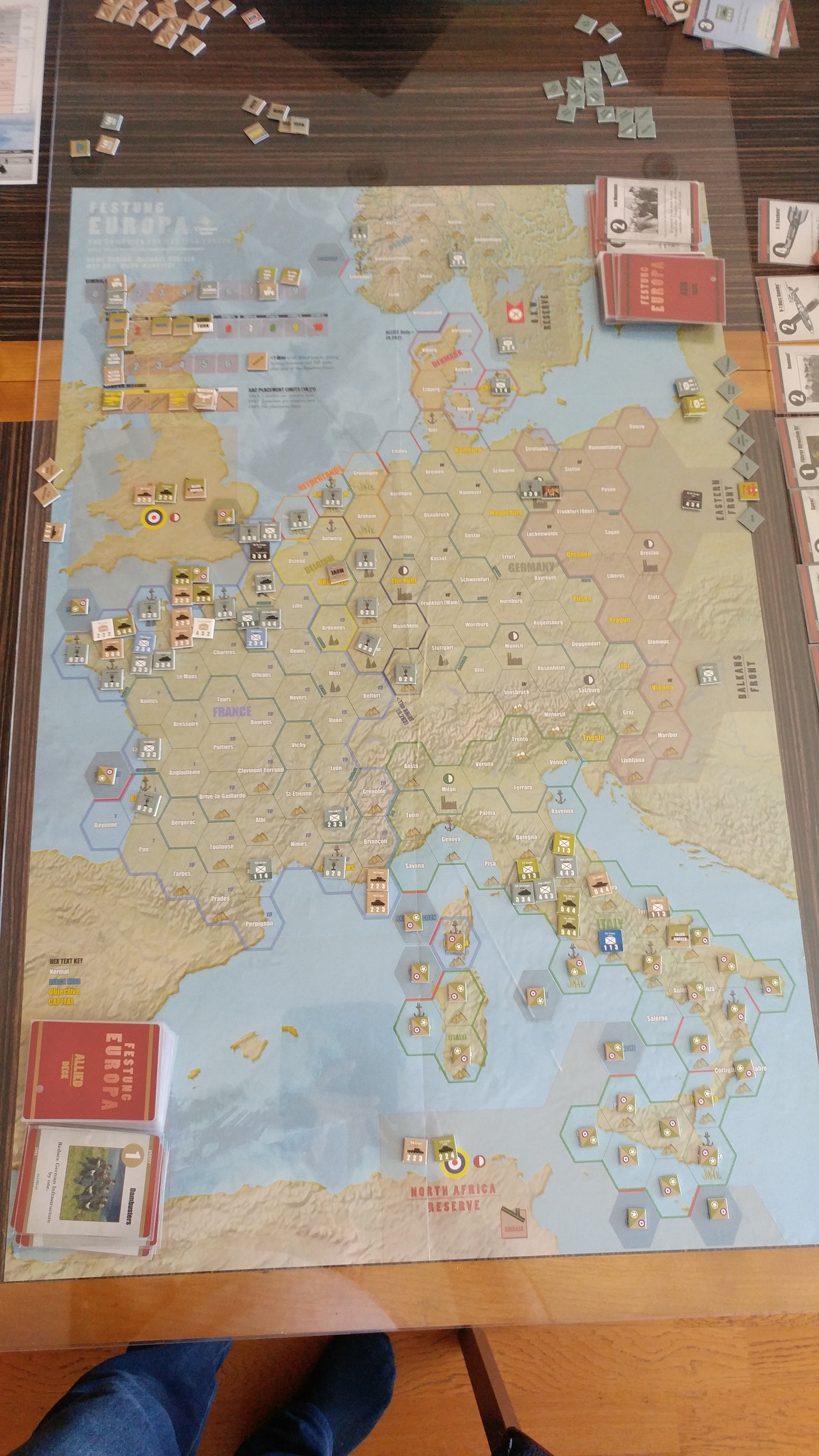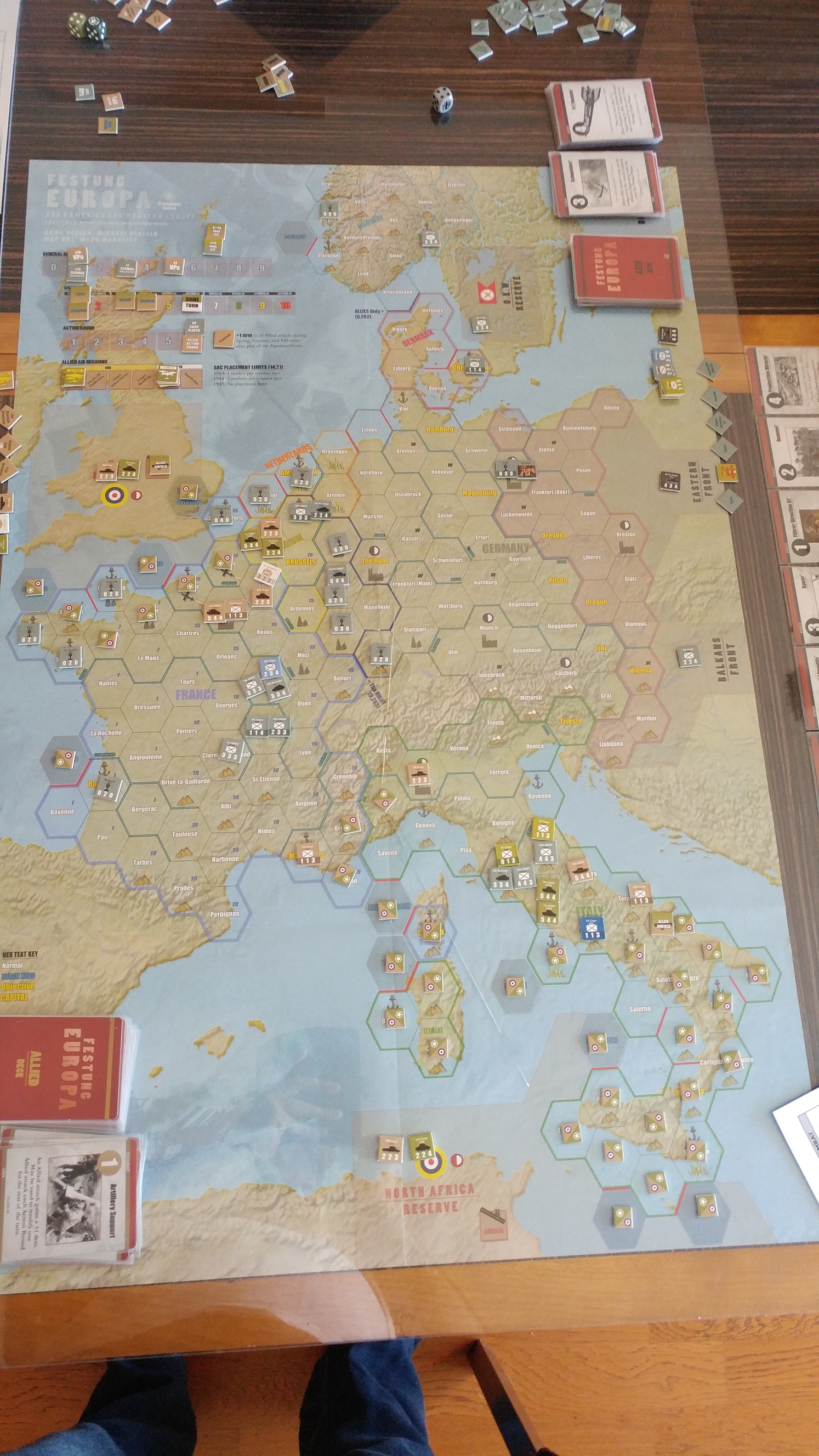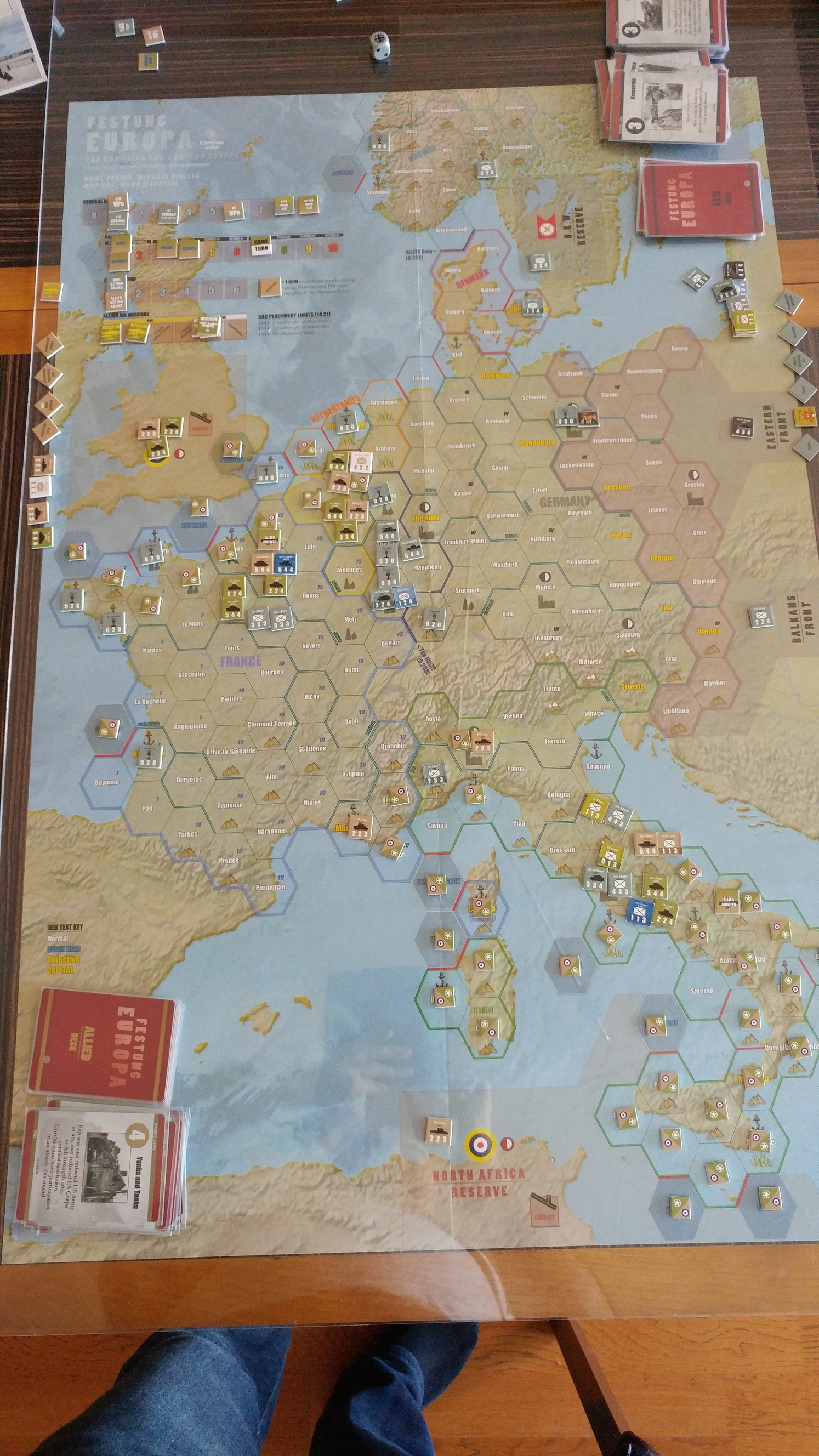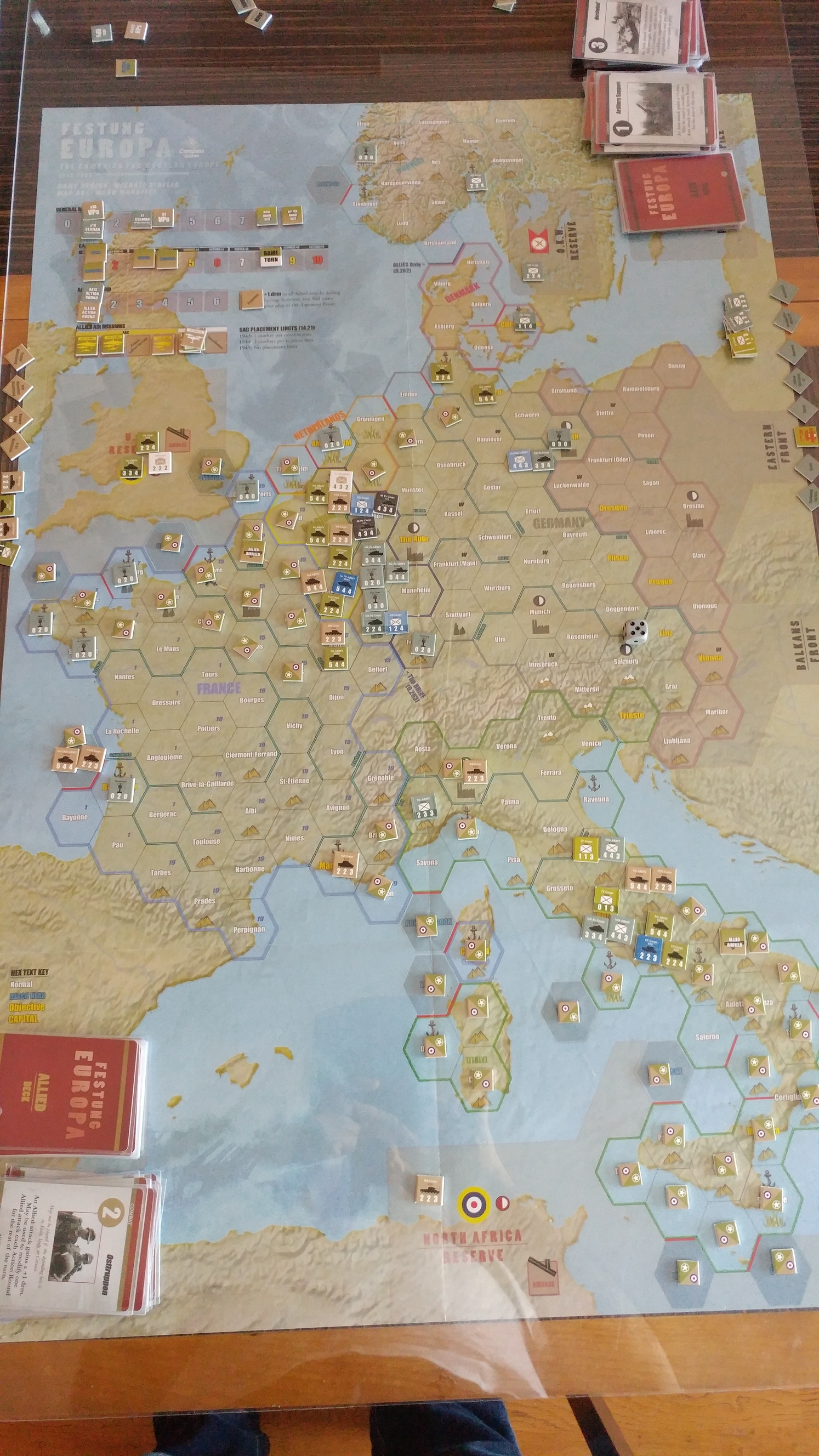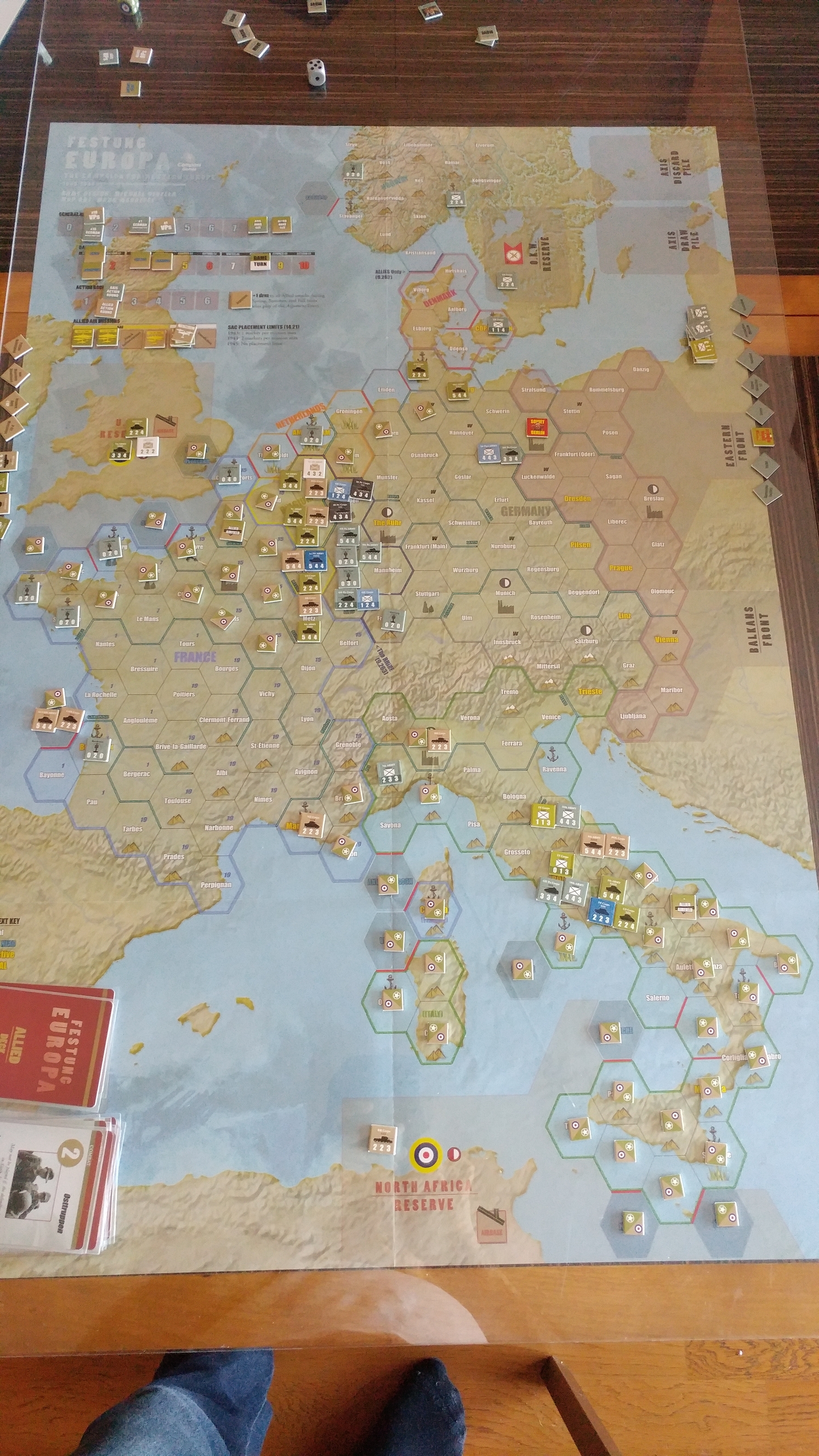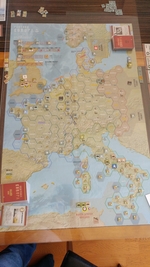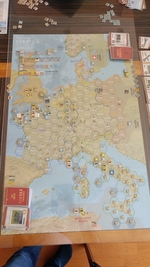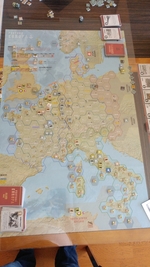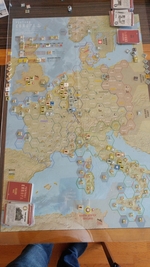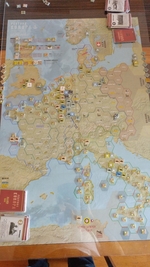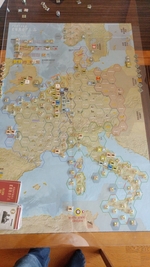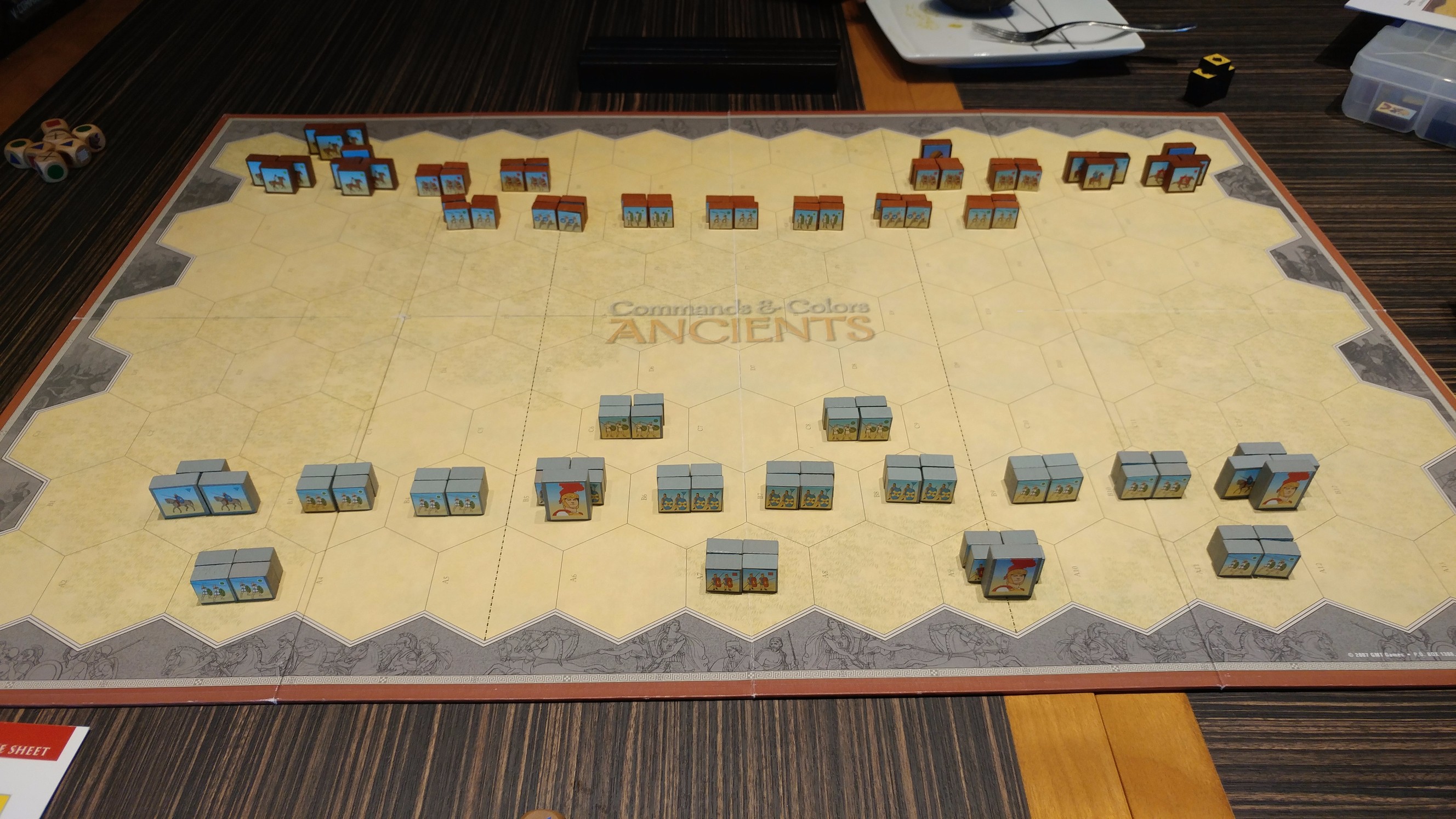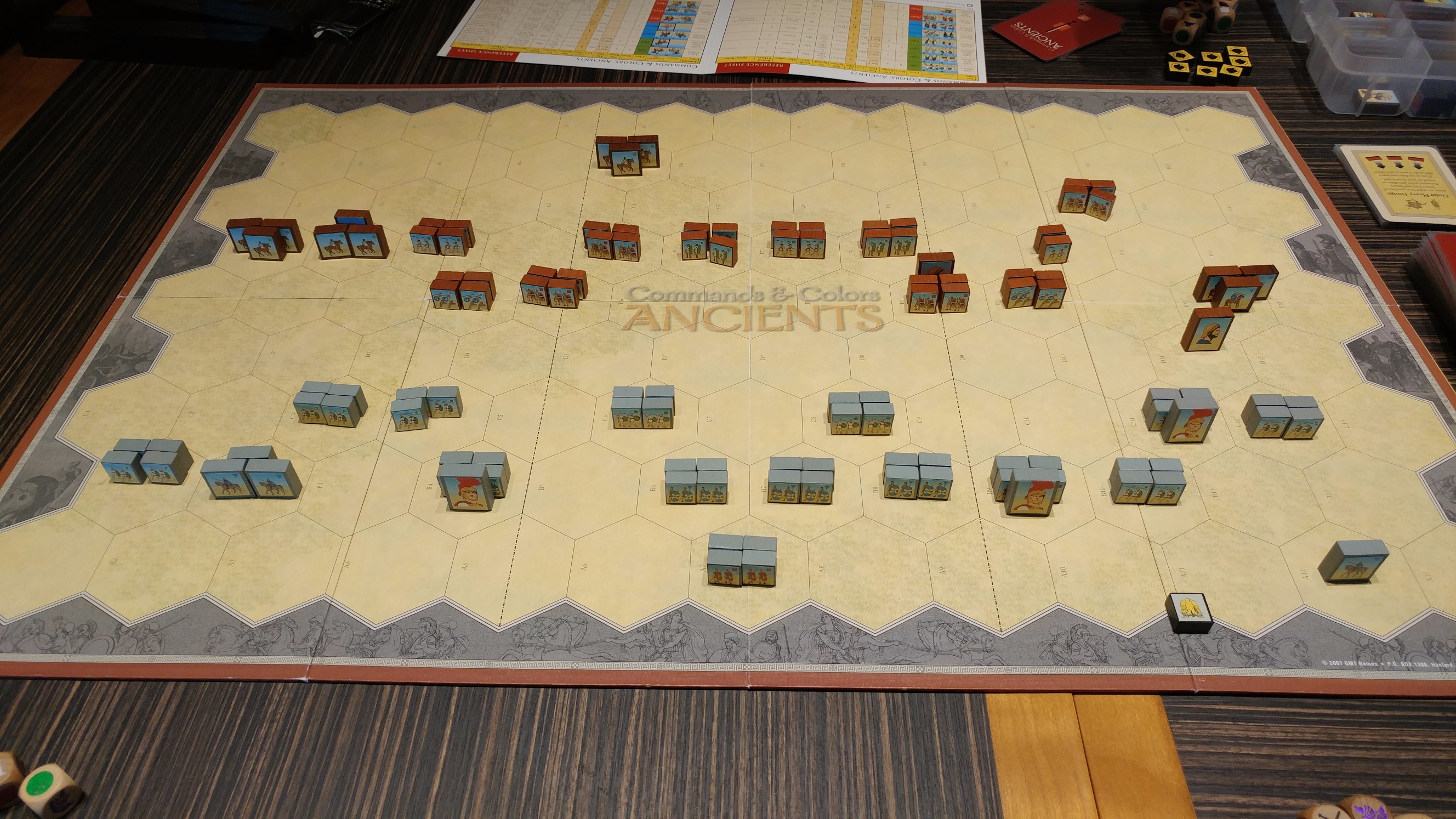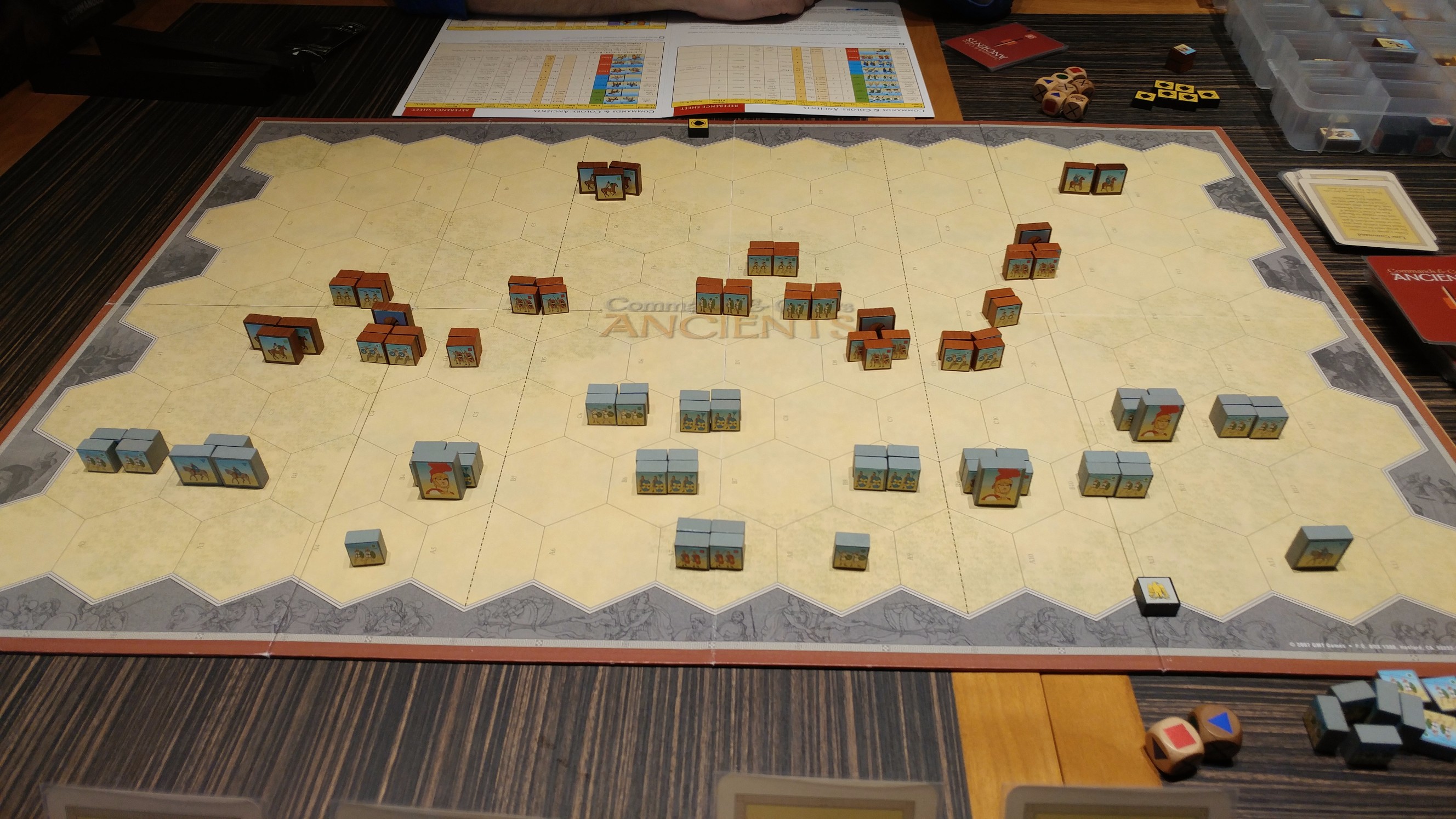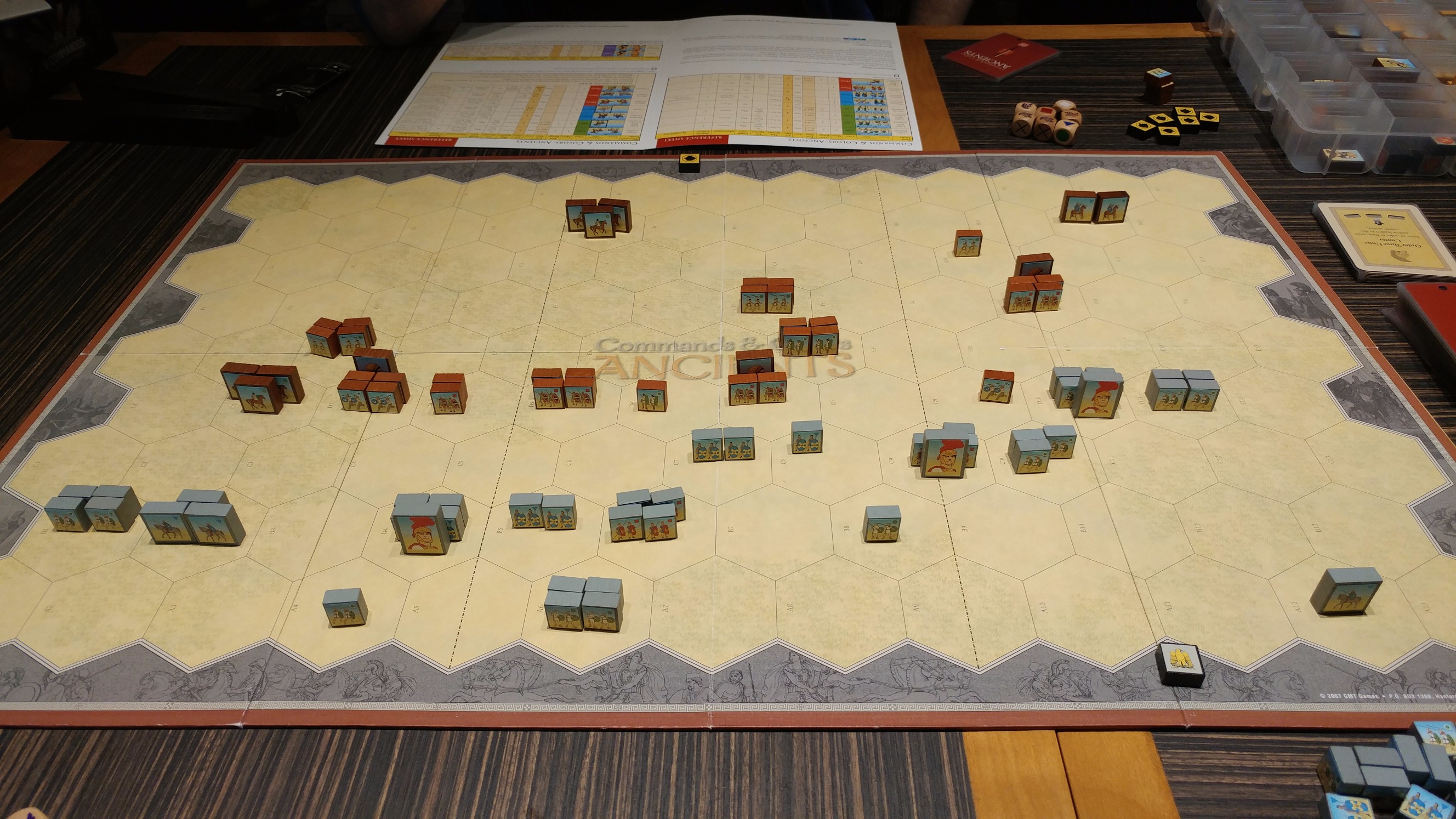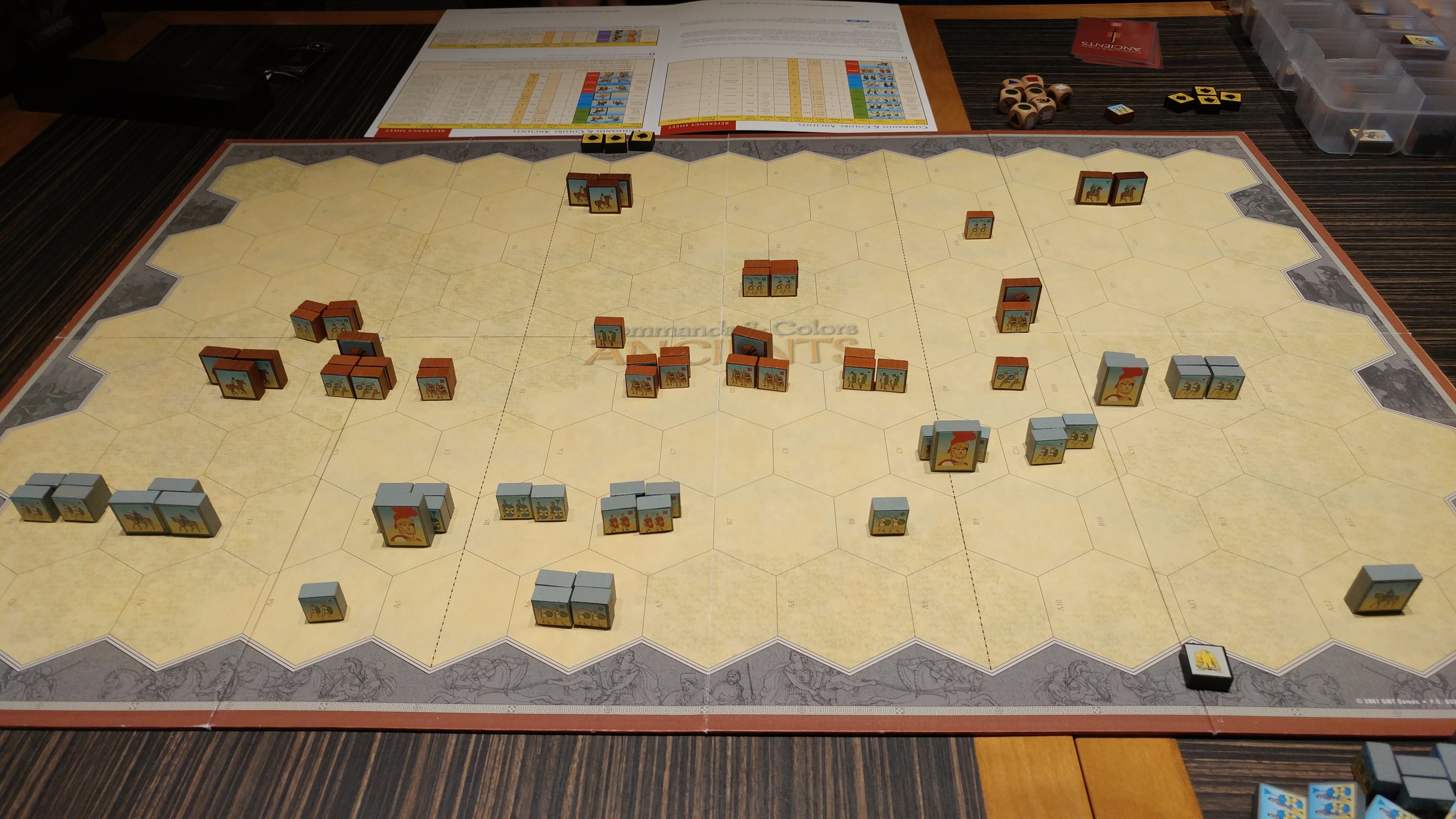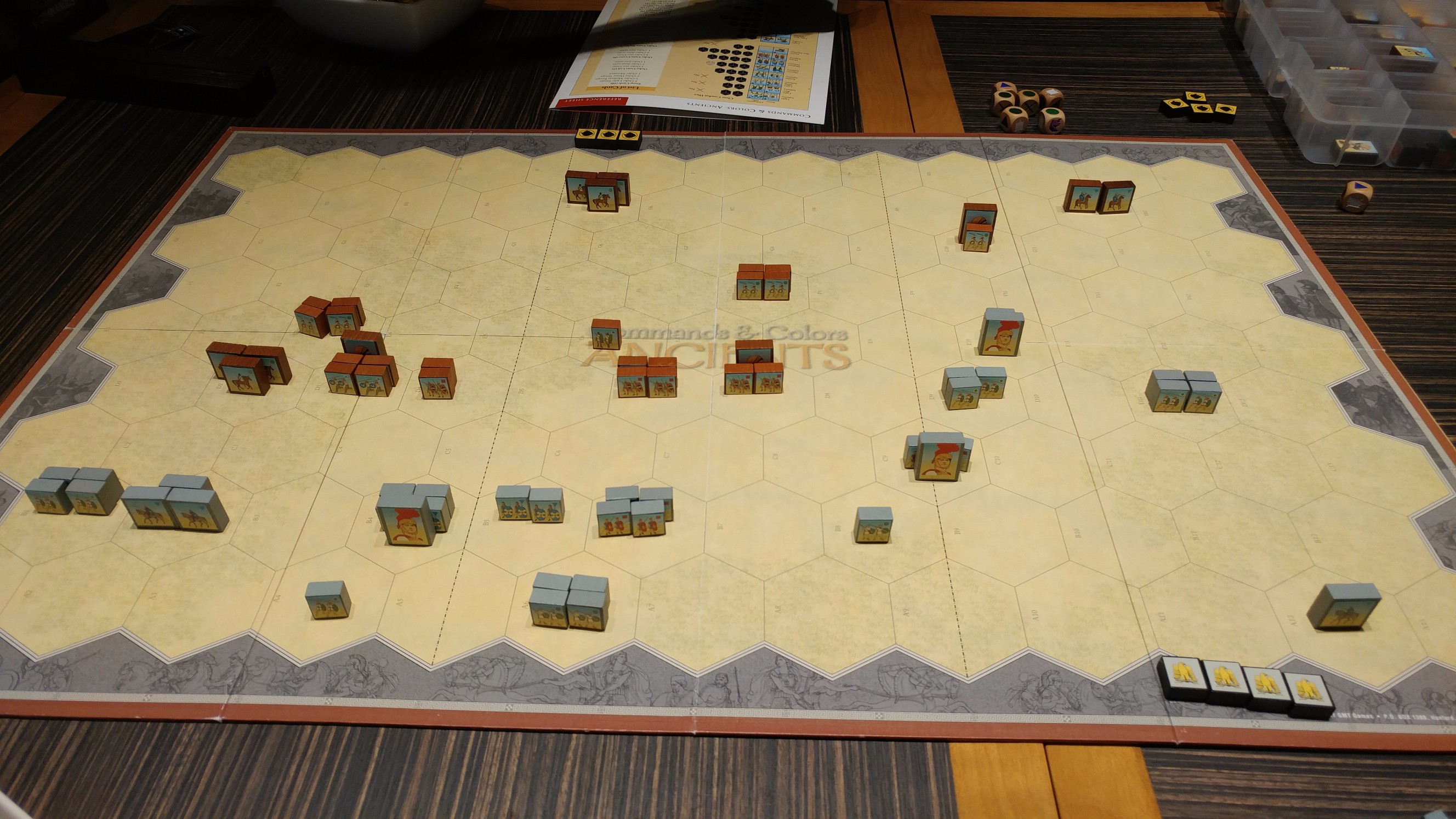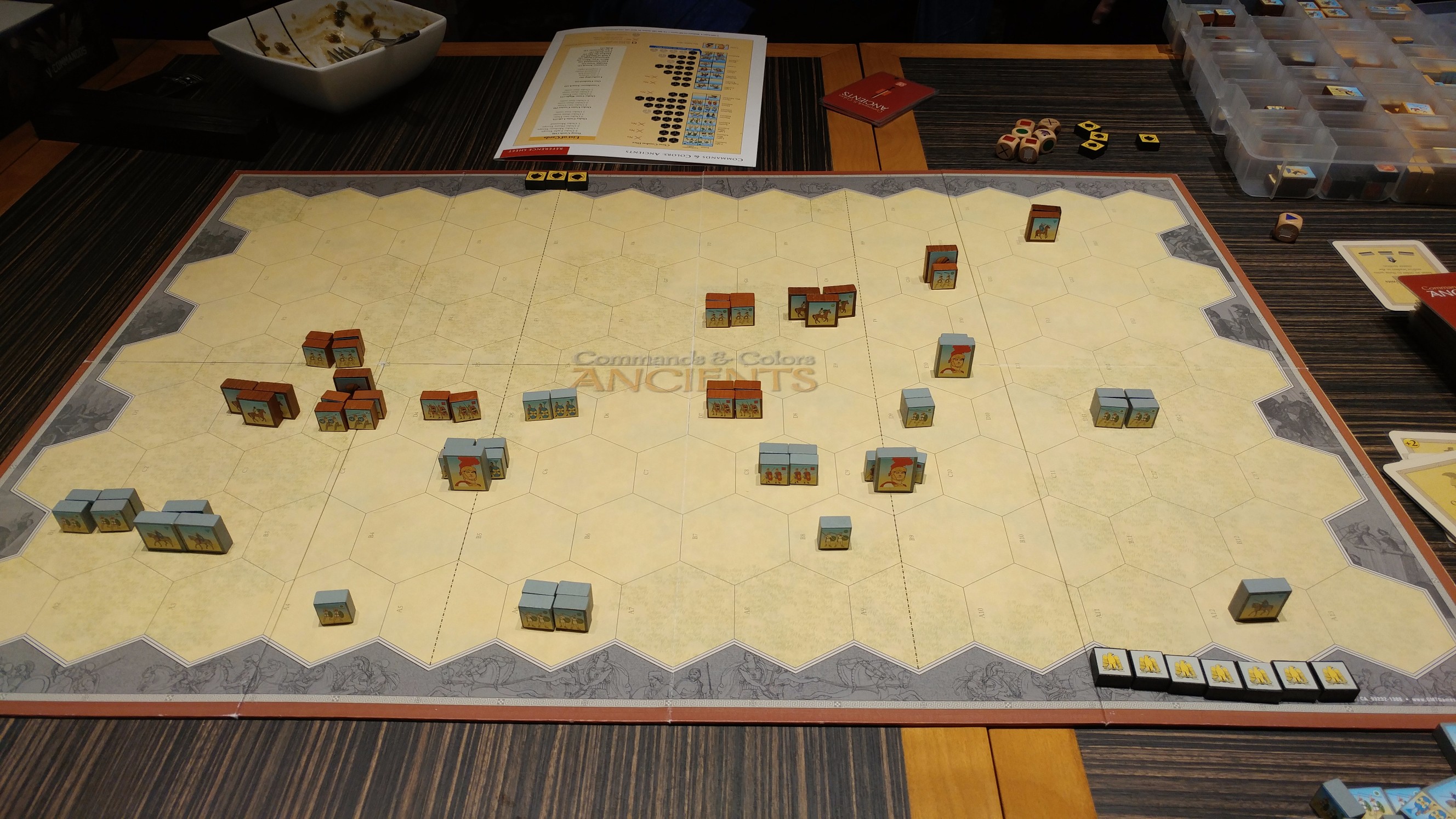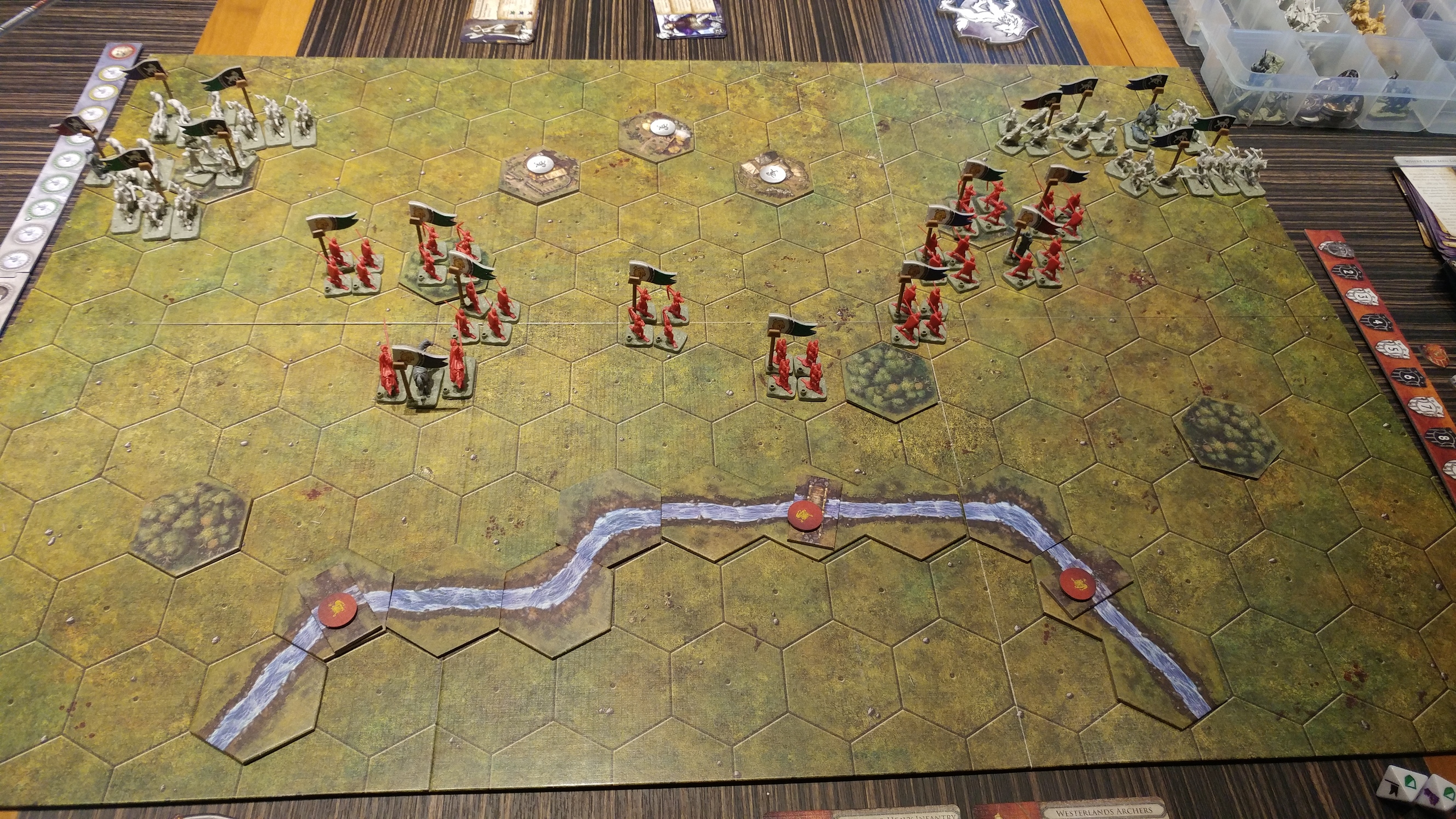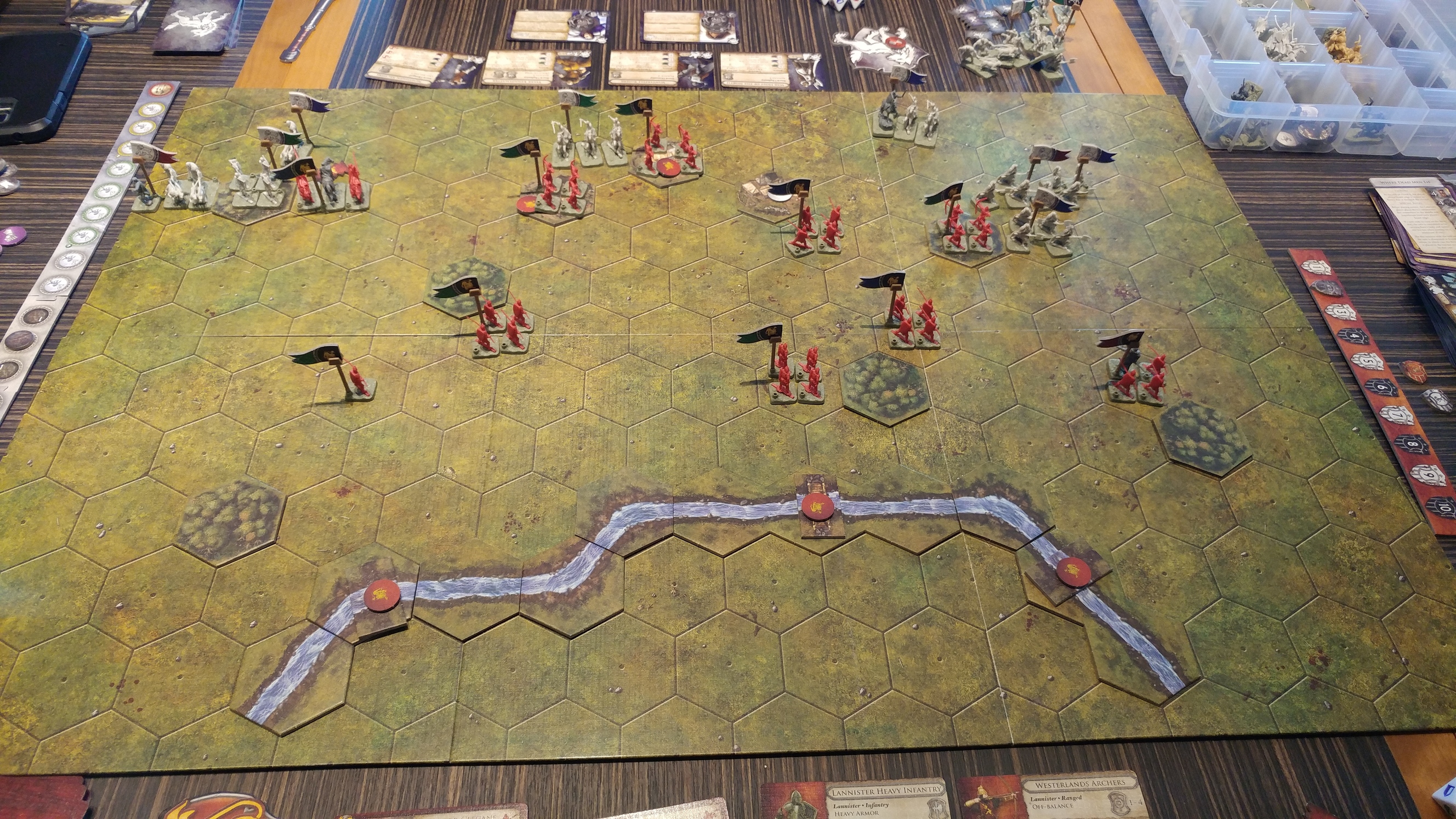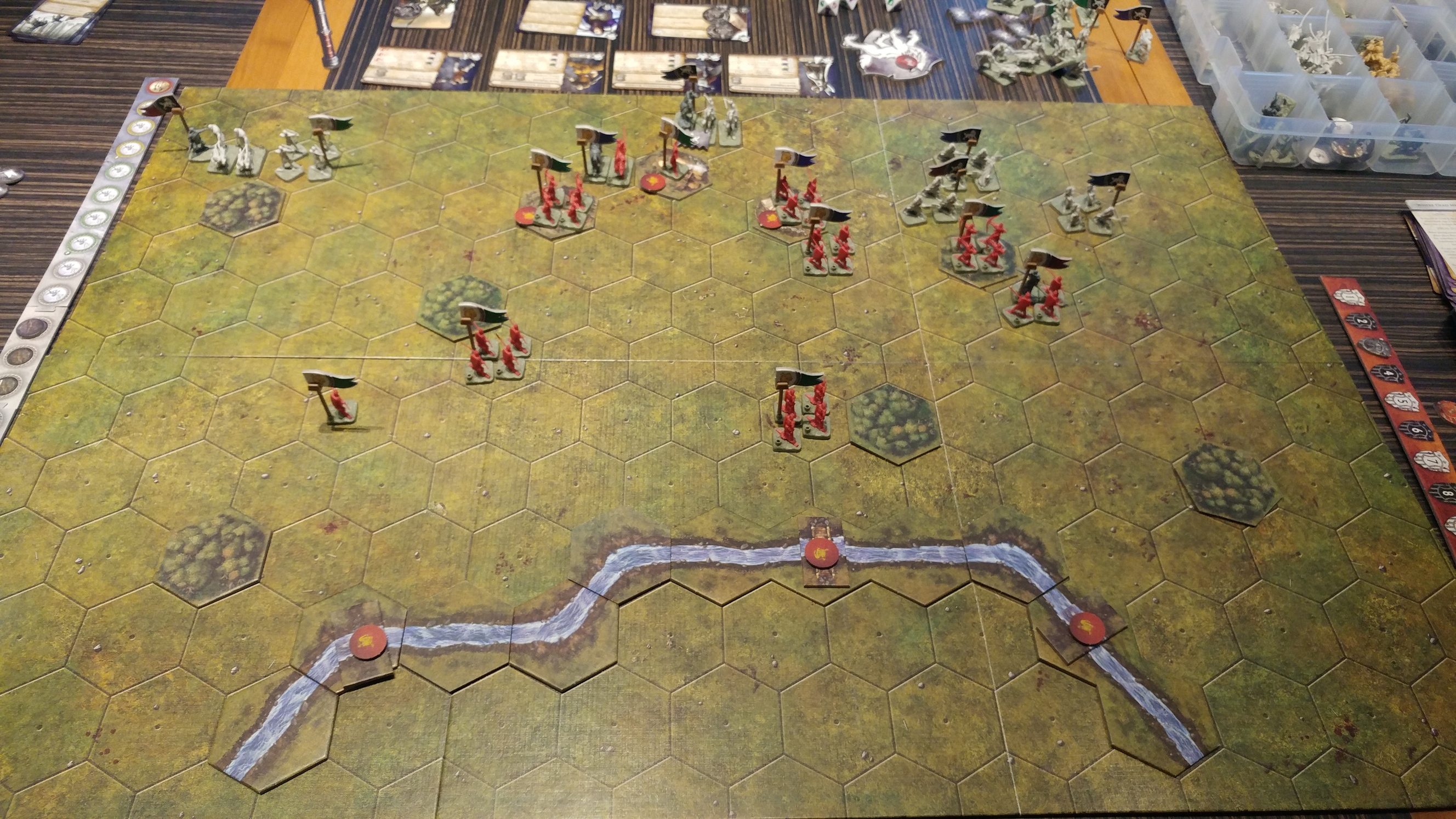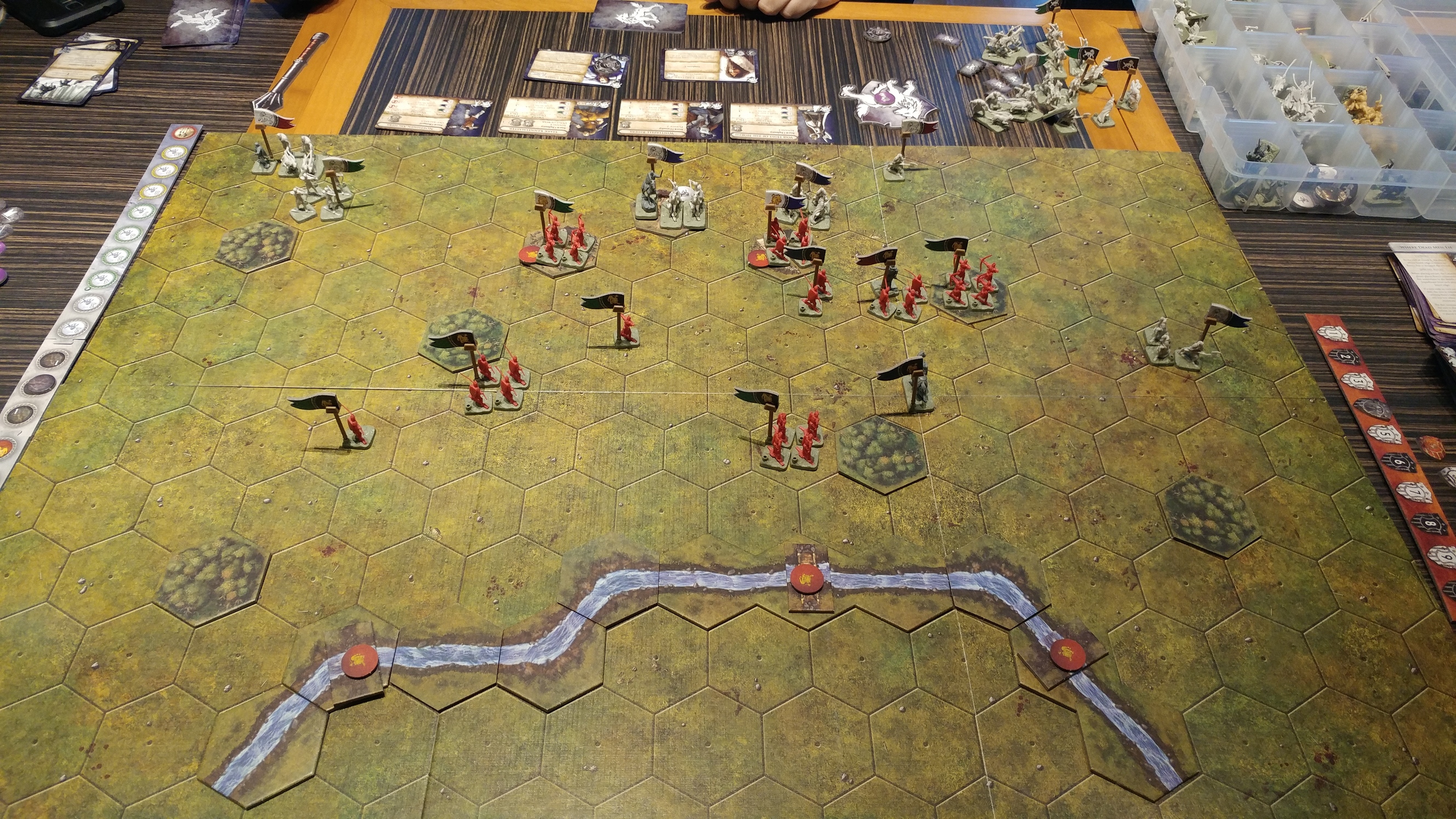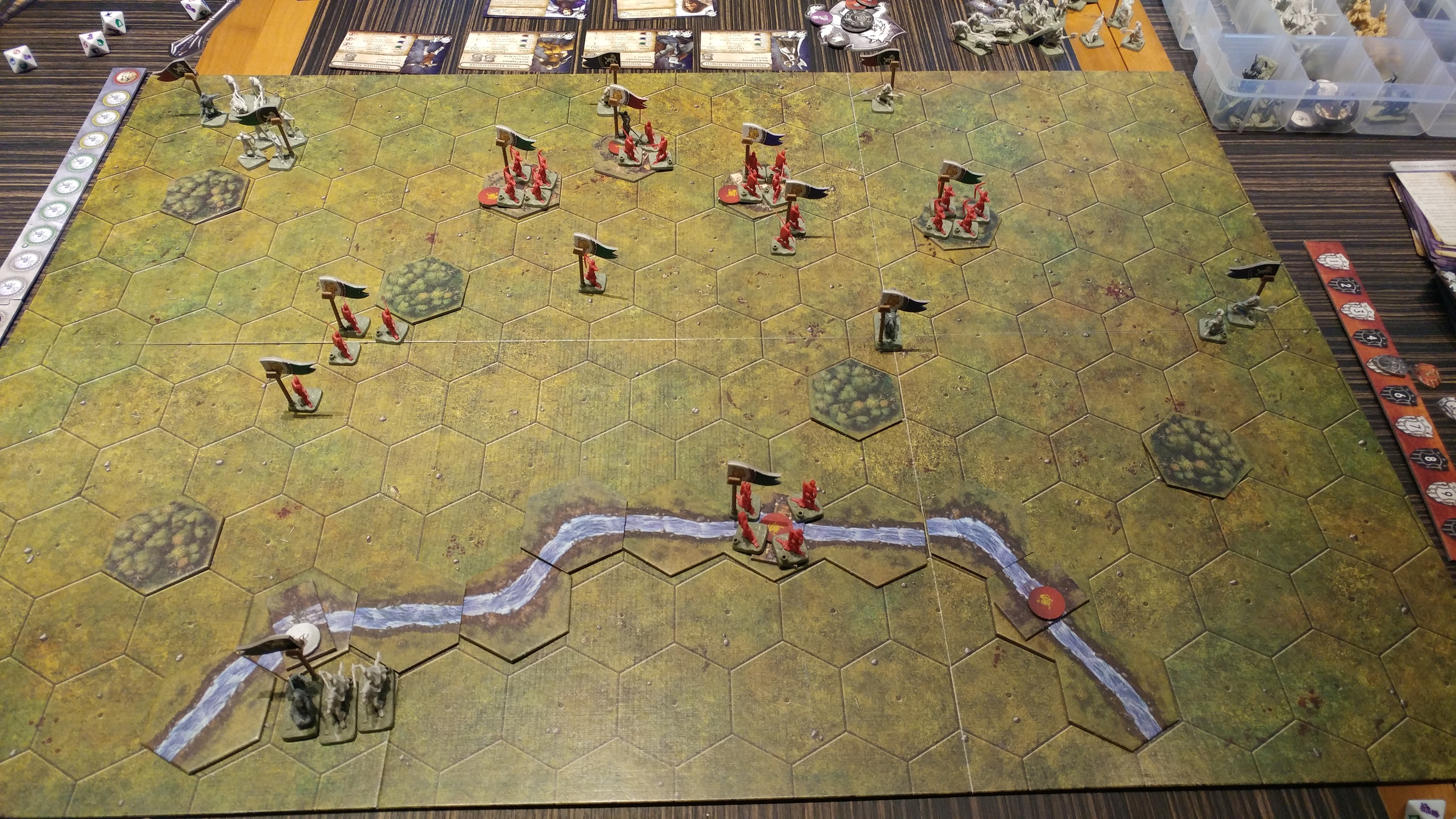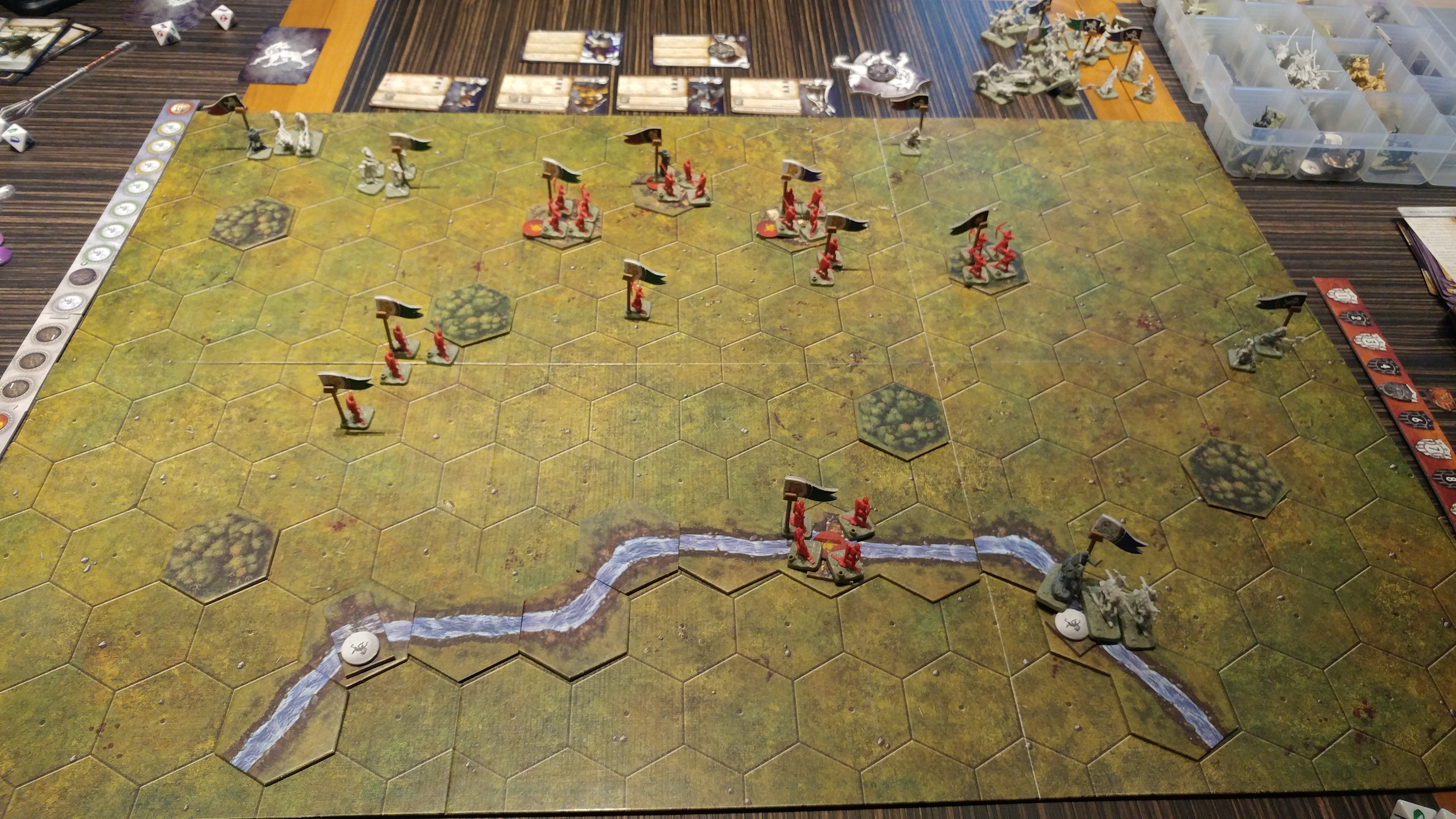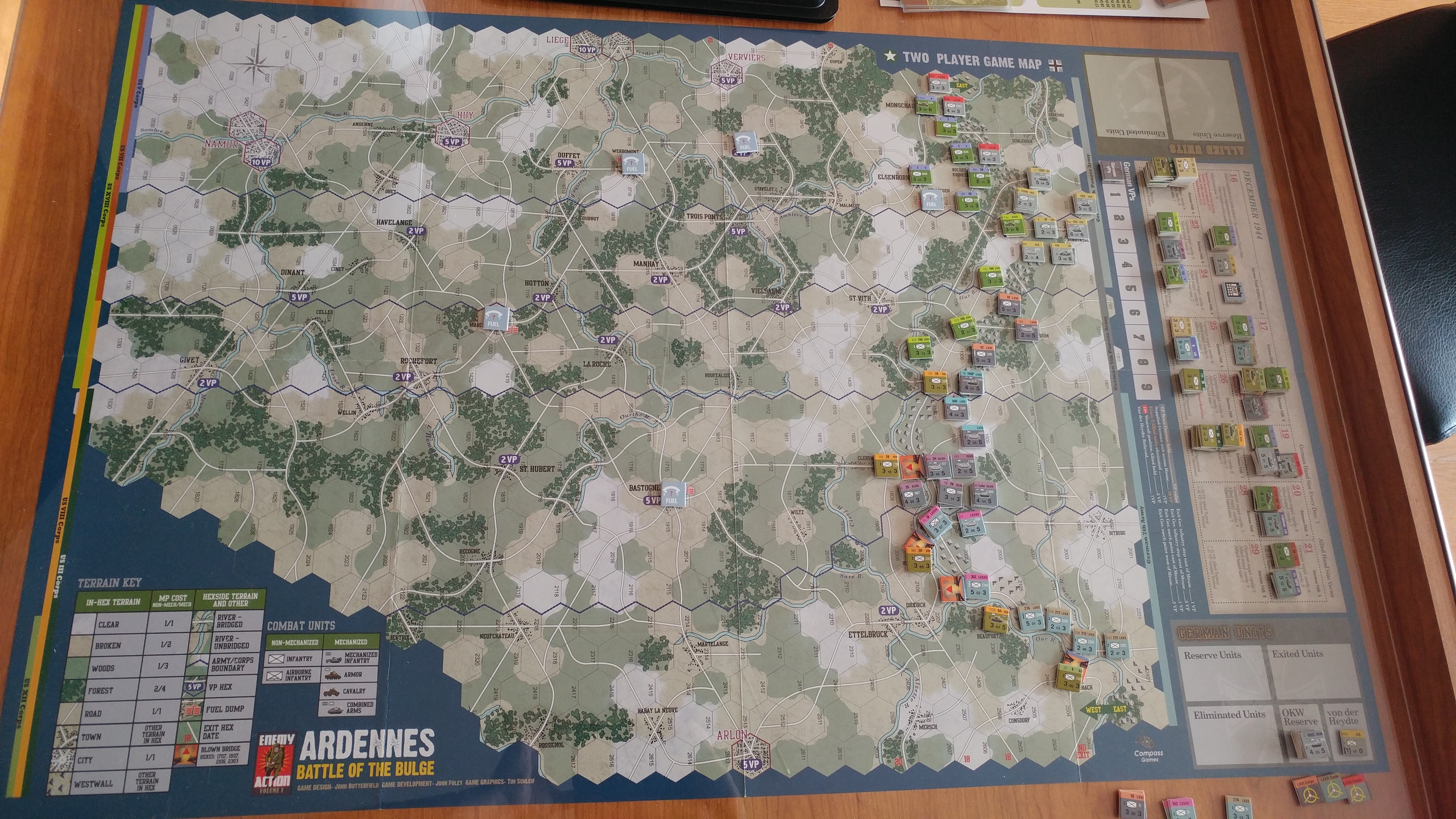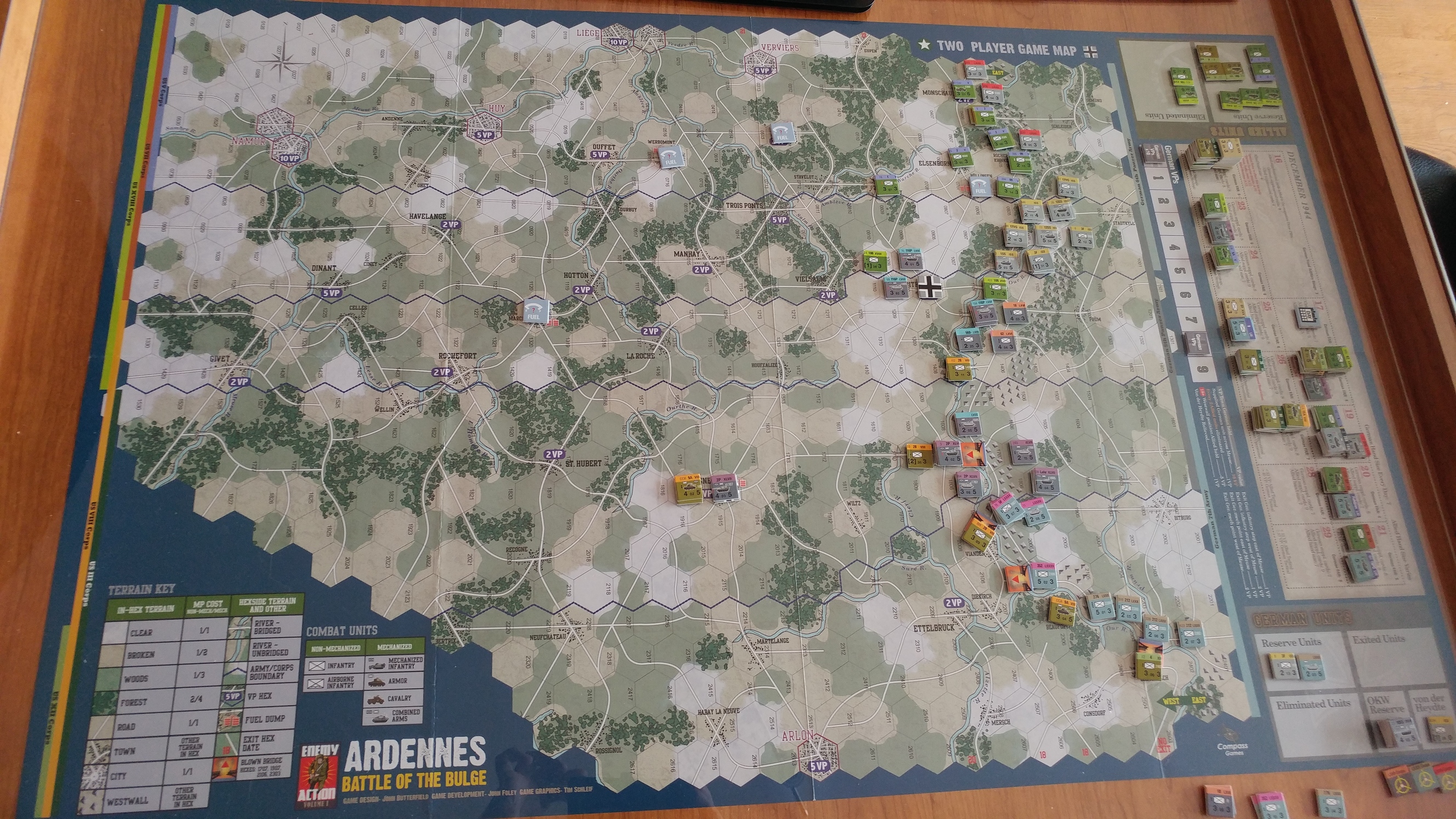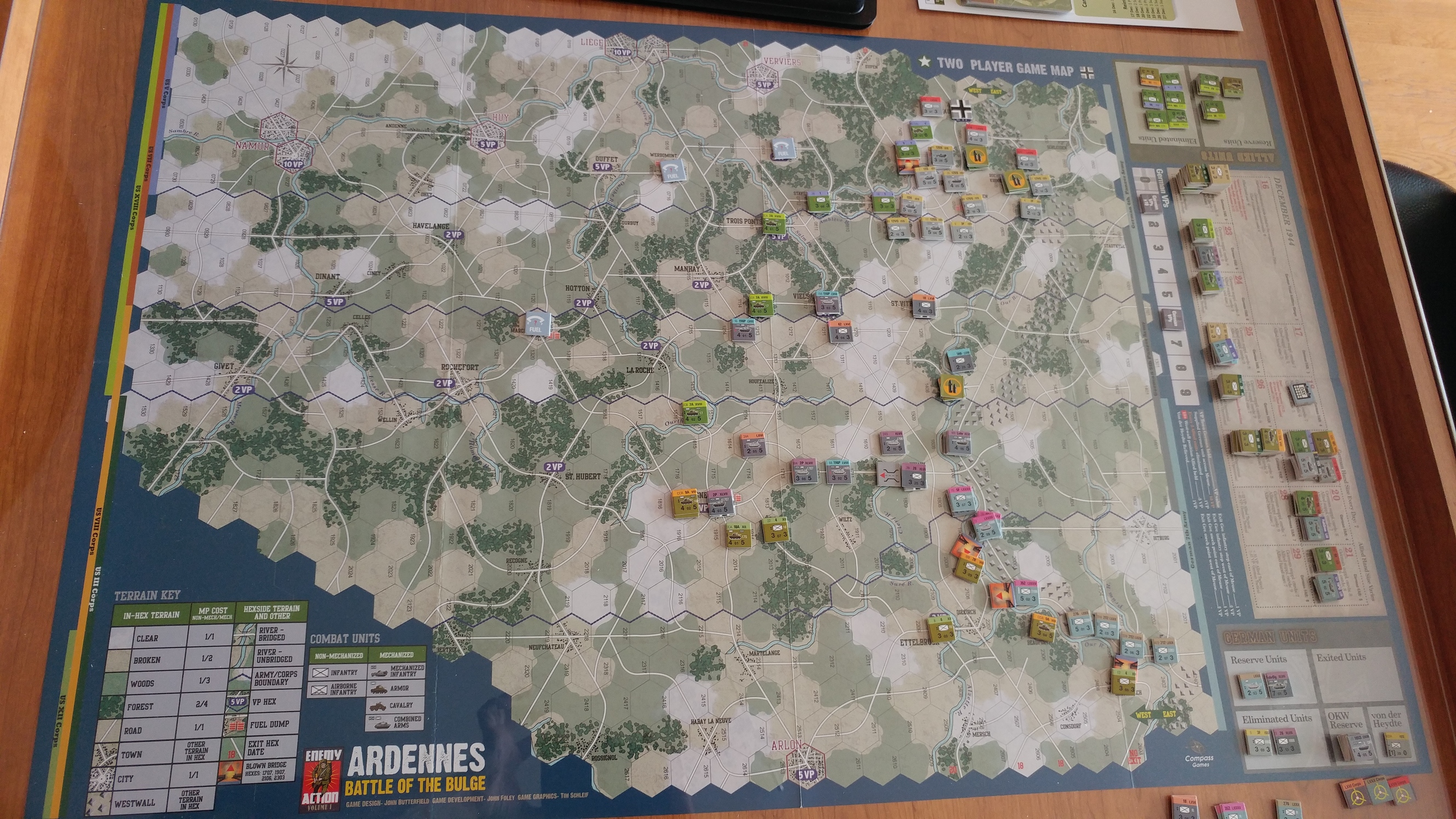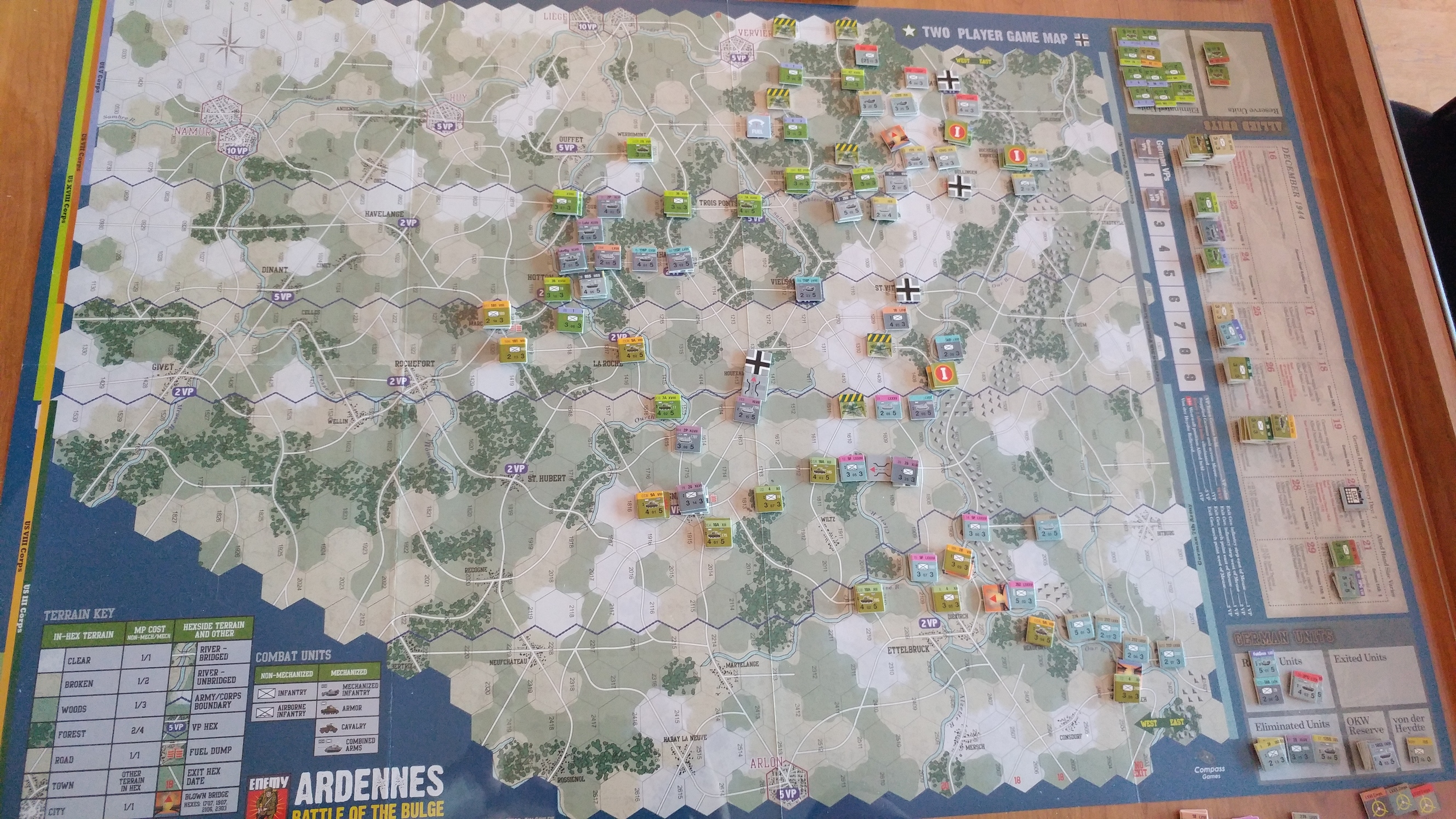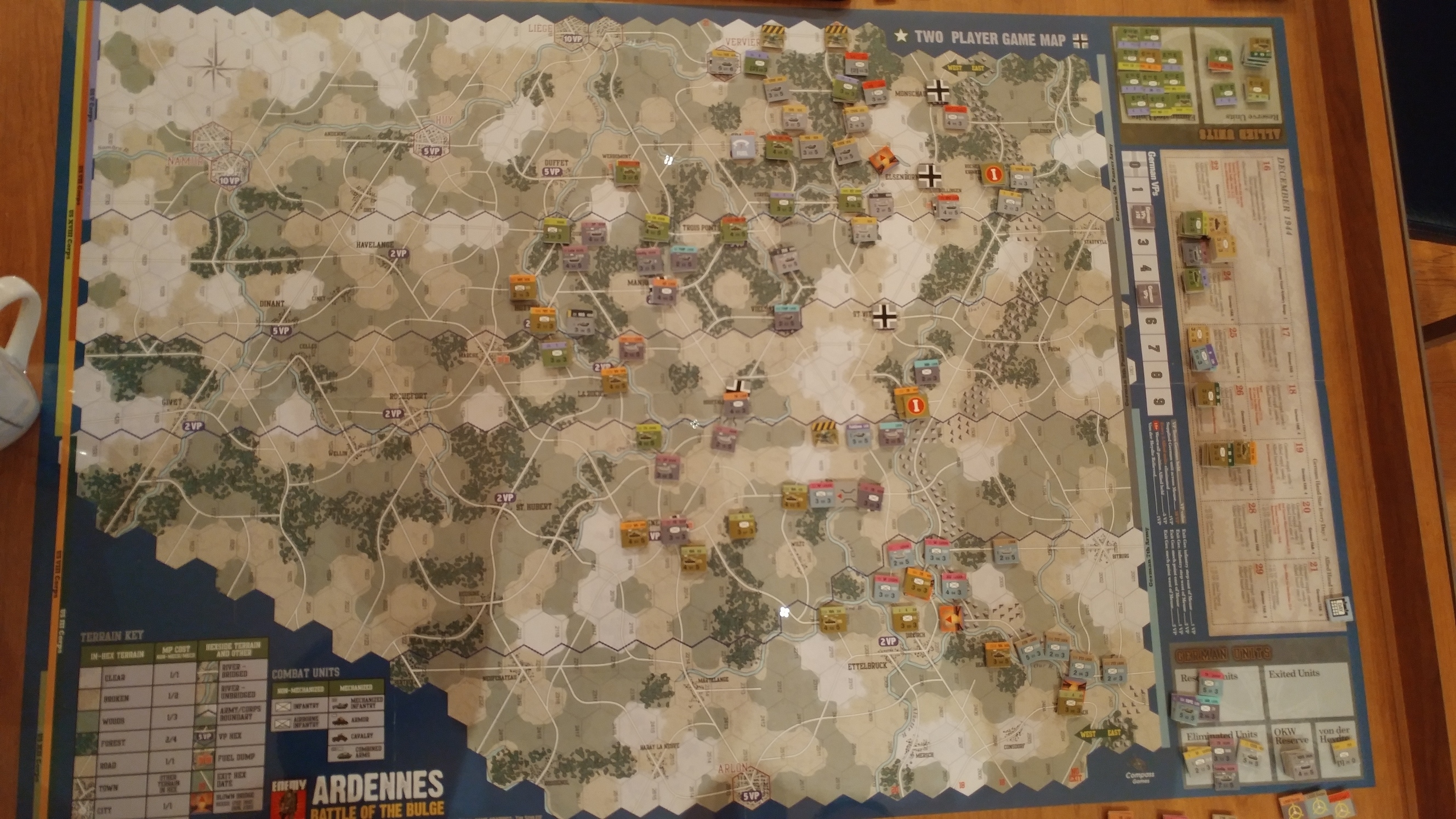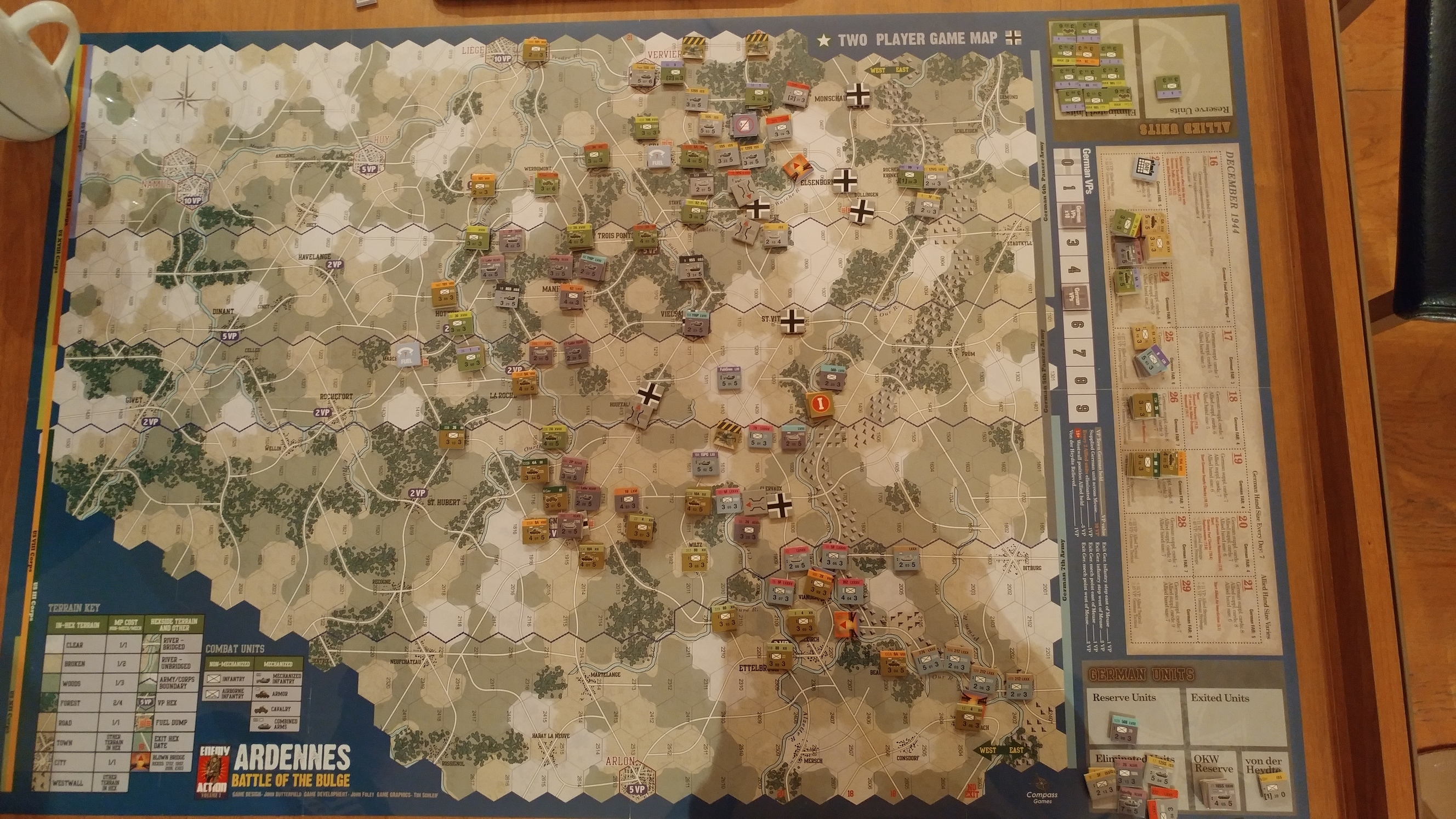Operation Dynamo (France '40)
 Monday, July 3, 2017 at 12:46PM
Monday, July 3, 2017 at 12:46PM The Dunkirk evacuation, code-named Operation Dynamo, also known as the Miracle of Dunkirk, was the evacuation of Allied soldiers during World War II from the beaches and harbour of Dunkirk, in the north of France, between 26 May and 4 June 1940. The operation commenced after large numbers of Belgian, British, and French troops were cut off and surrounded by German troops around the mid-point of the six-week long Battle of France. In a speech to the House of Commons, British Prime Minister Winston Churchill called this "a colossal military disaster", saying "the whole root and core and brain of the British Army" had been stranded at Dunkirk and seemed about to perish or be captured. In his "we shall fight on the beaches" speech on 4 June, he hailed their rescue as a "miracle of deliverance".
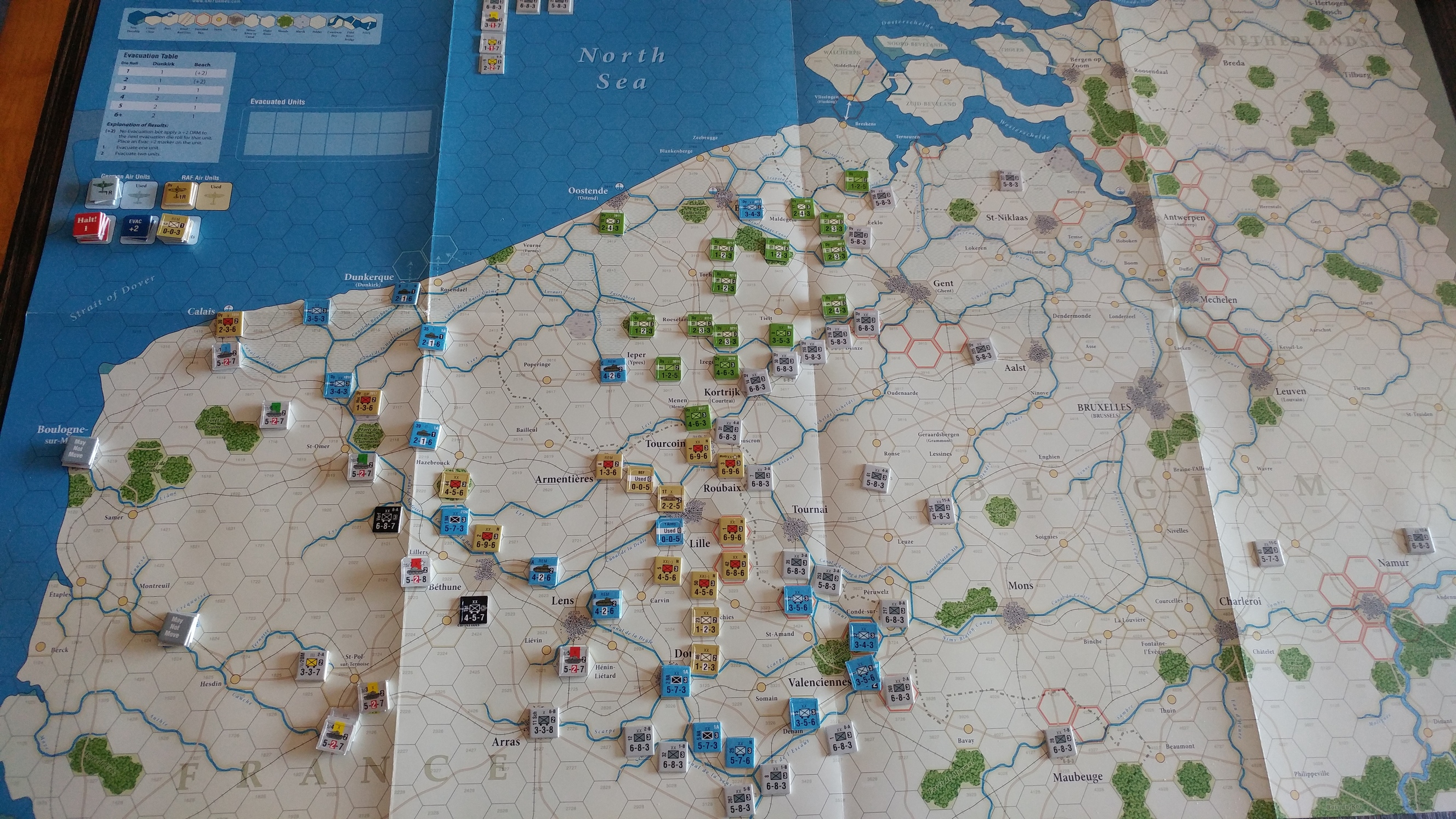
May 24th The Allies hold on to their positions, largely thanks to Hitler's halt order.
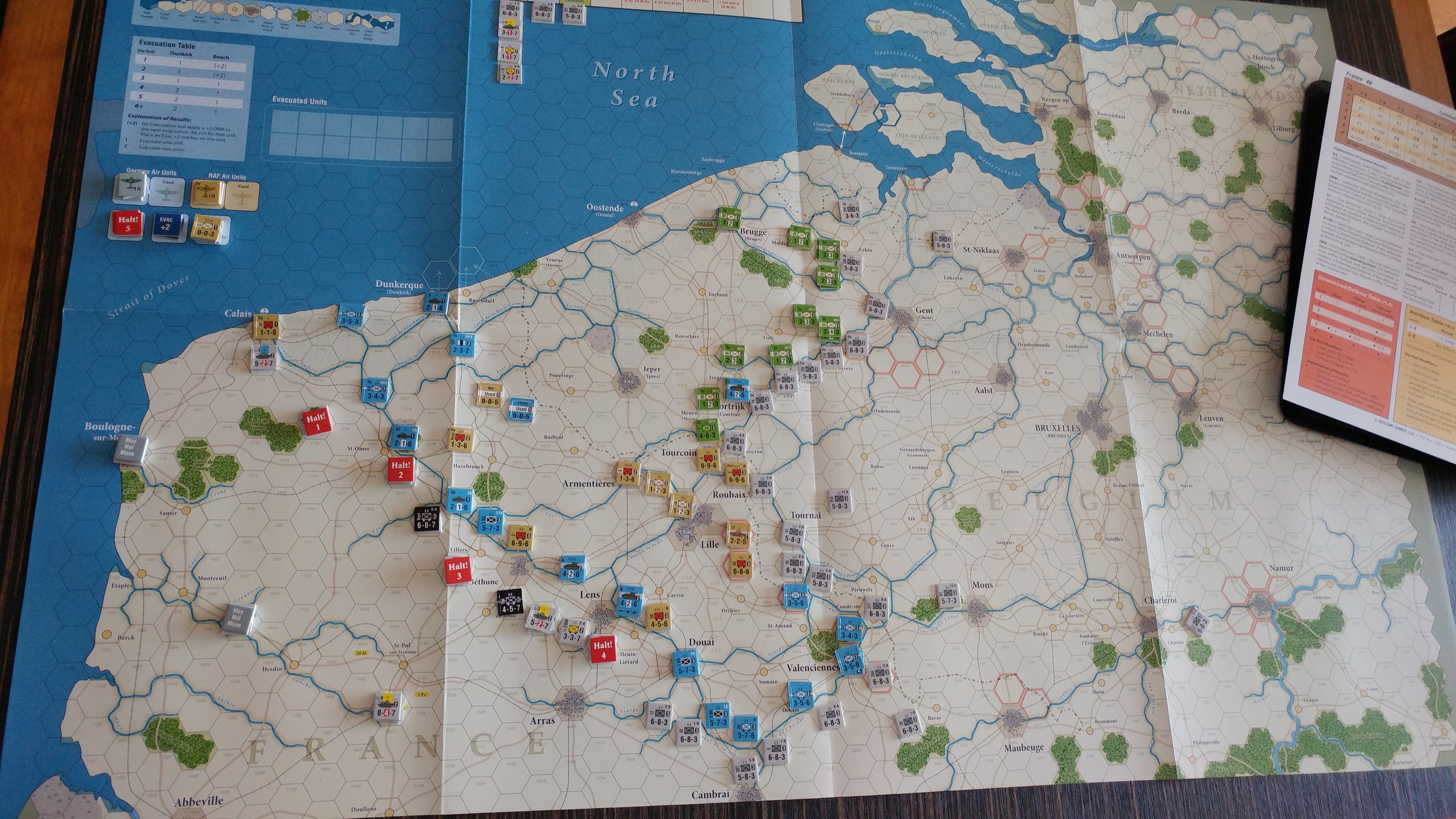
May 25th Calais falls to the Germans. The Allied pocket shrinks in anticipation of the evactuation.
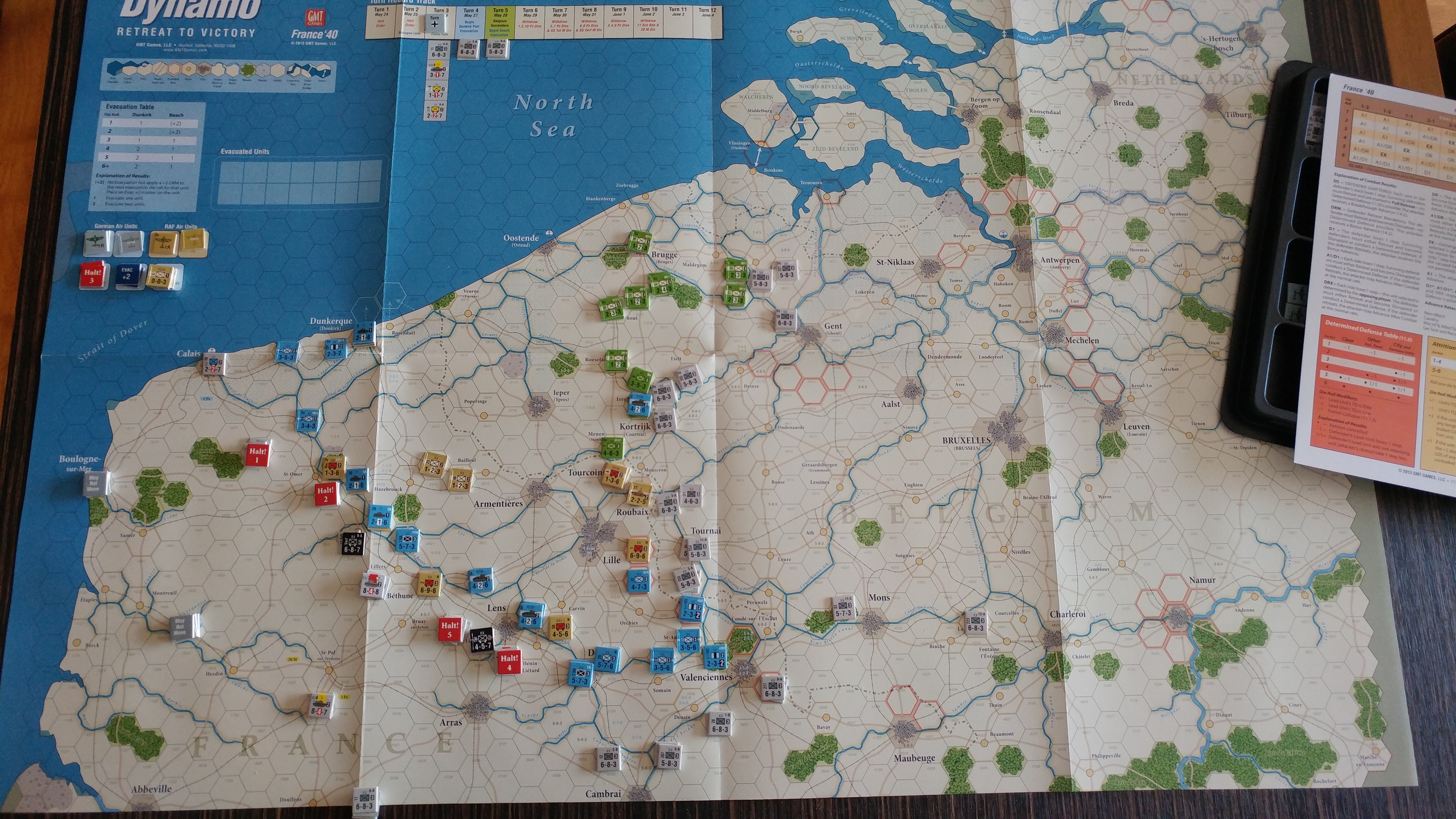
May 26th The Germans grind against the Allied positions, slowly pushing them back. Hitler's halt order comes to an end.
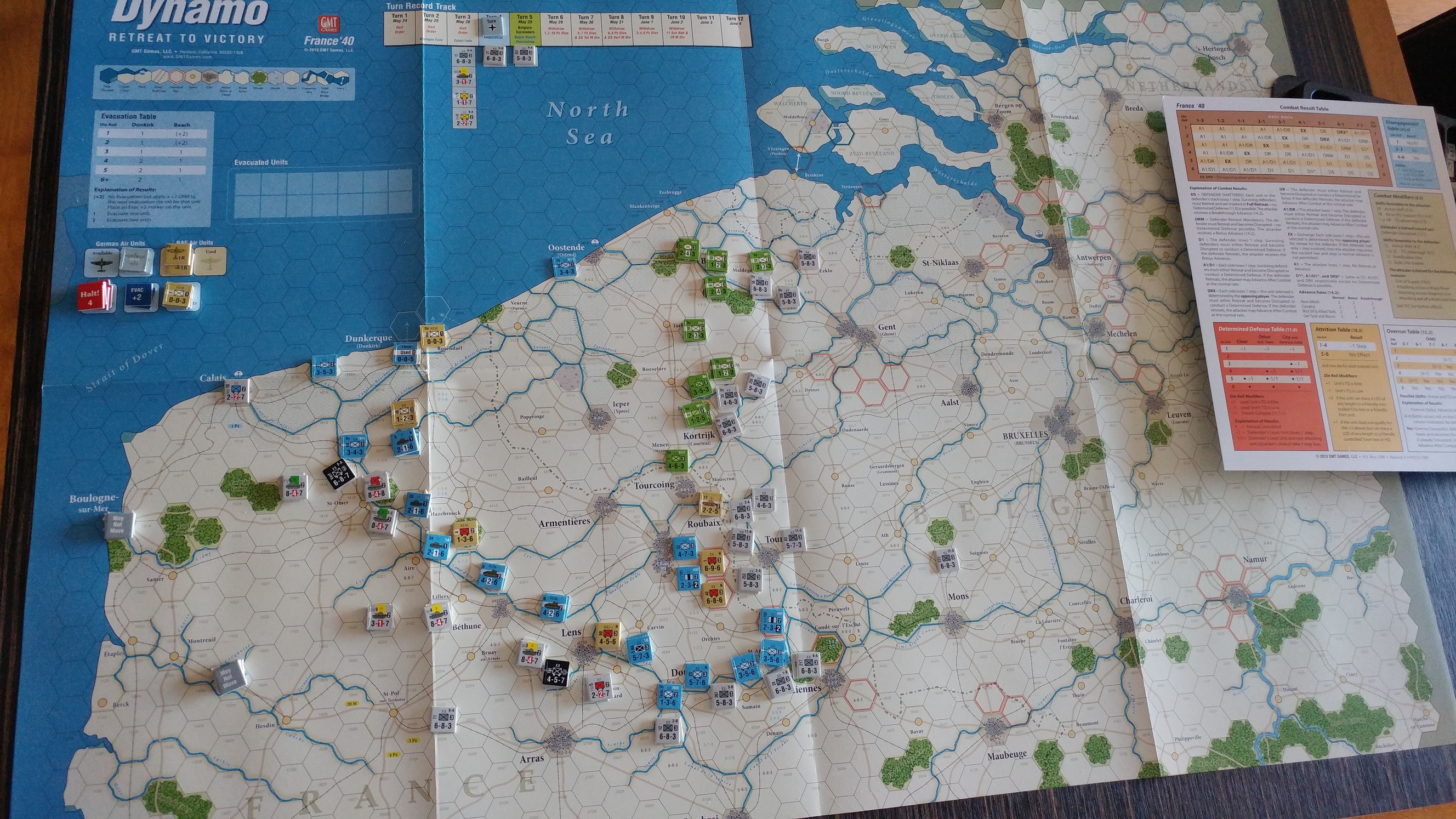
May 27th The evacuation begins, while the French forces at the tip of the pocket withdraw. The Germans try to break through near Dunkerque, but are barely held off.
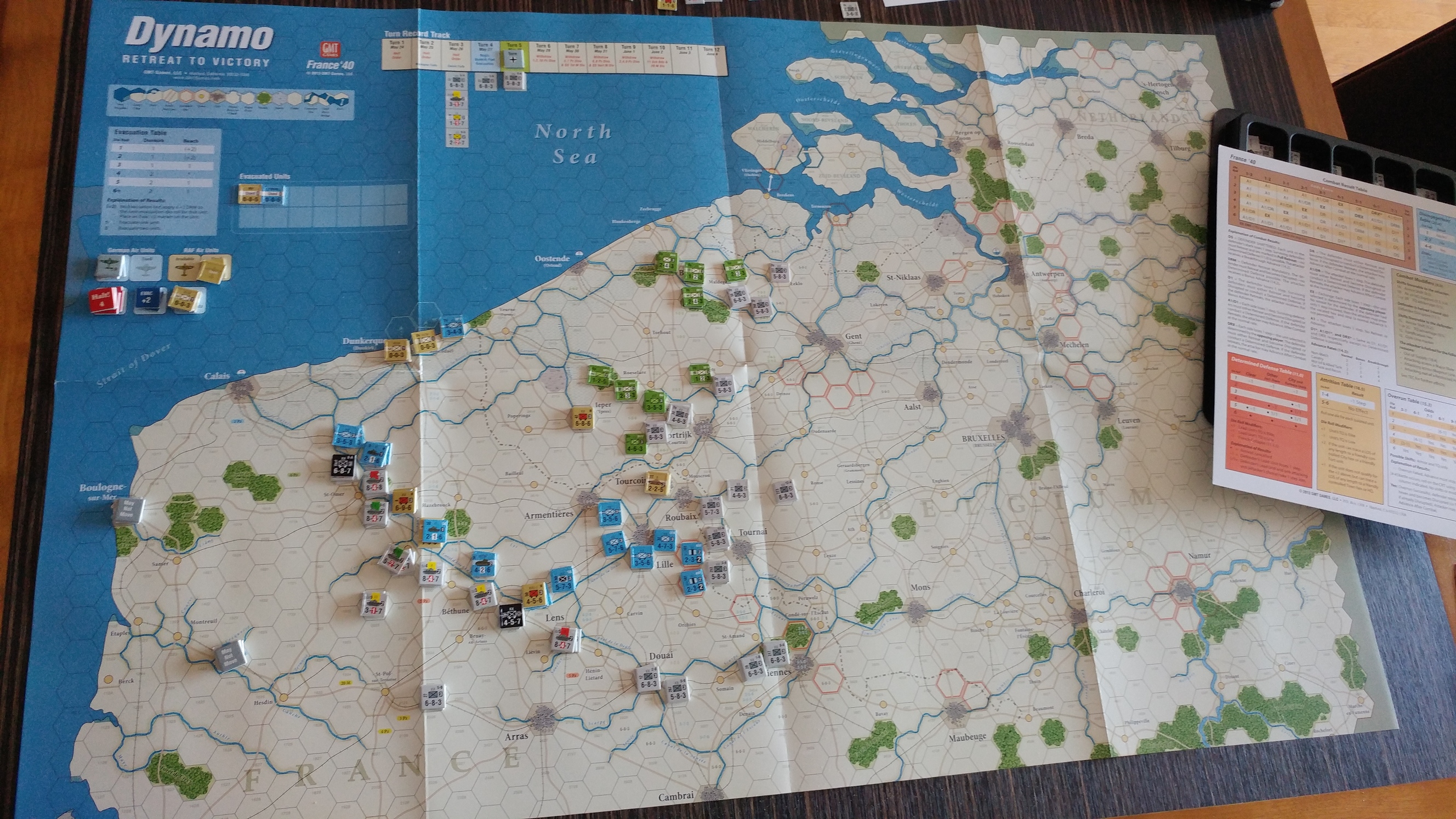
May 28th With the surrender of Belgium, the Allied pocket becomes ever smaller and thinner than ever. The sole consolation is the continuing evacuation as the German grip tightens.
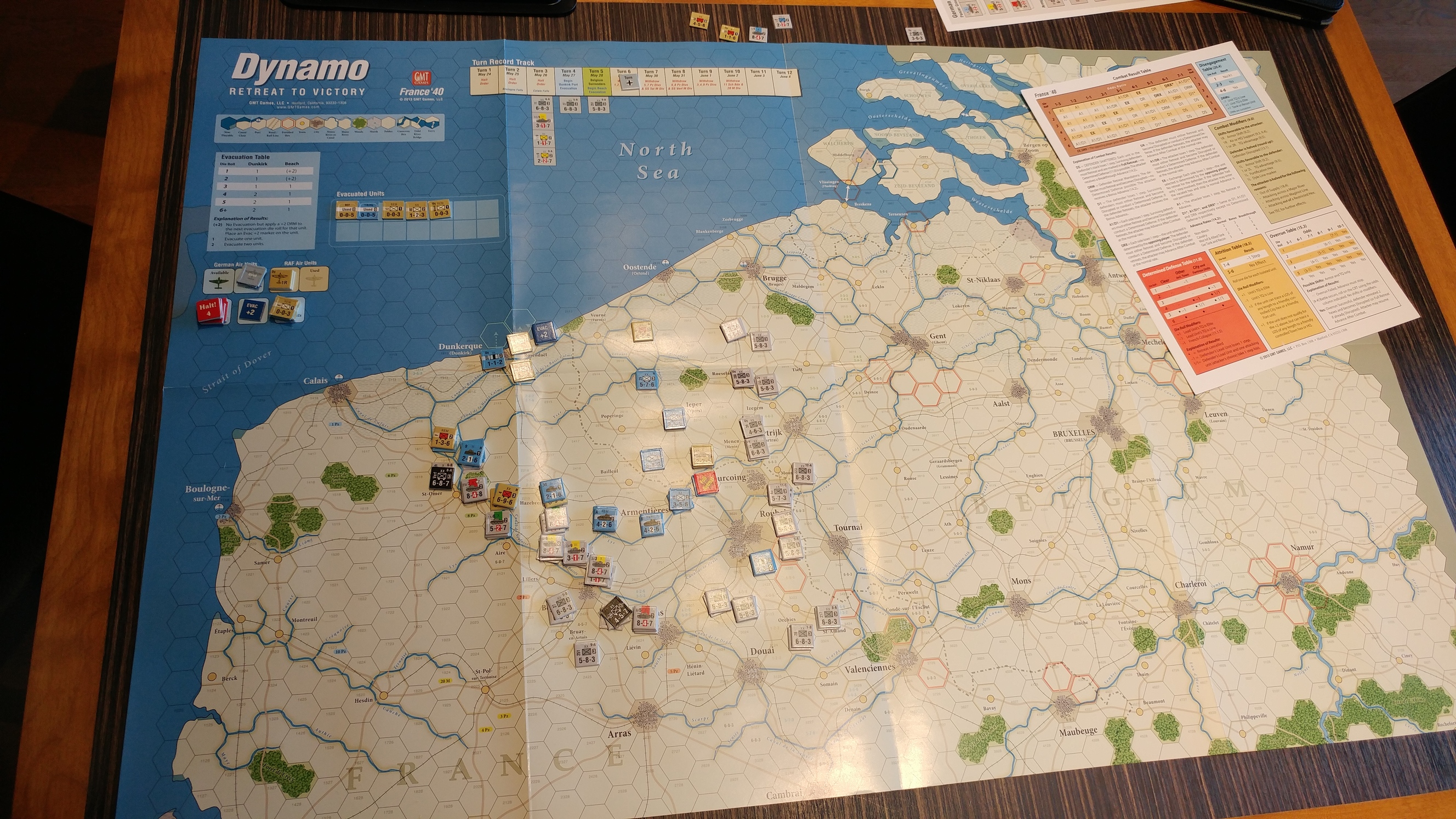
May 29th The Allies withdraw closer and closer to Dunkirk, while still keeping the Germans at bay. The evacuation continues at pace.
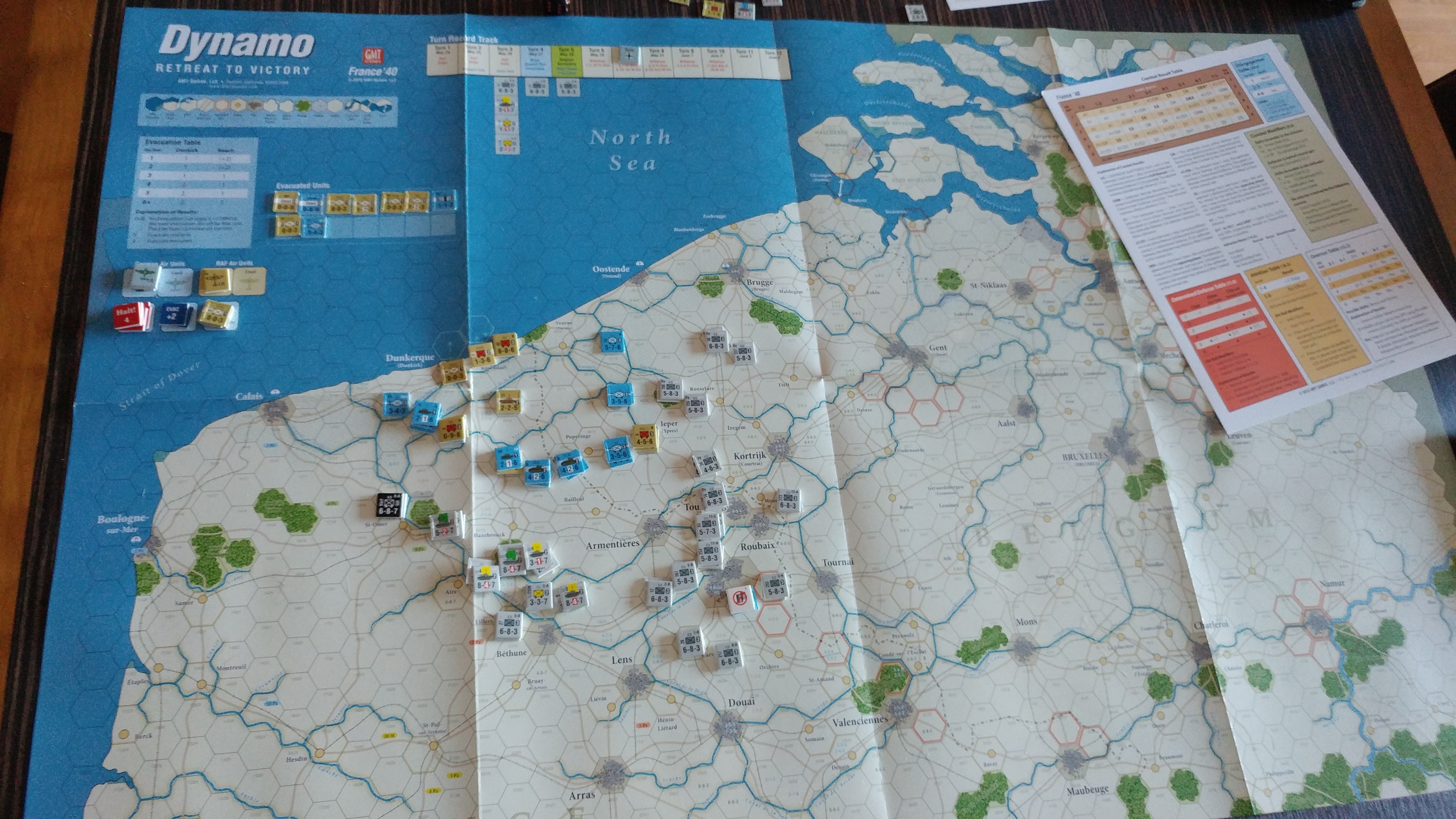
May 30th The Allies, almost exclusively the French, make a last stand to enable the final evacuations.
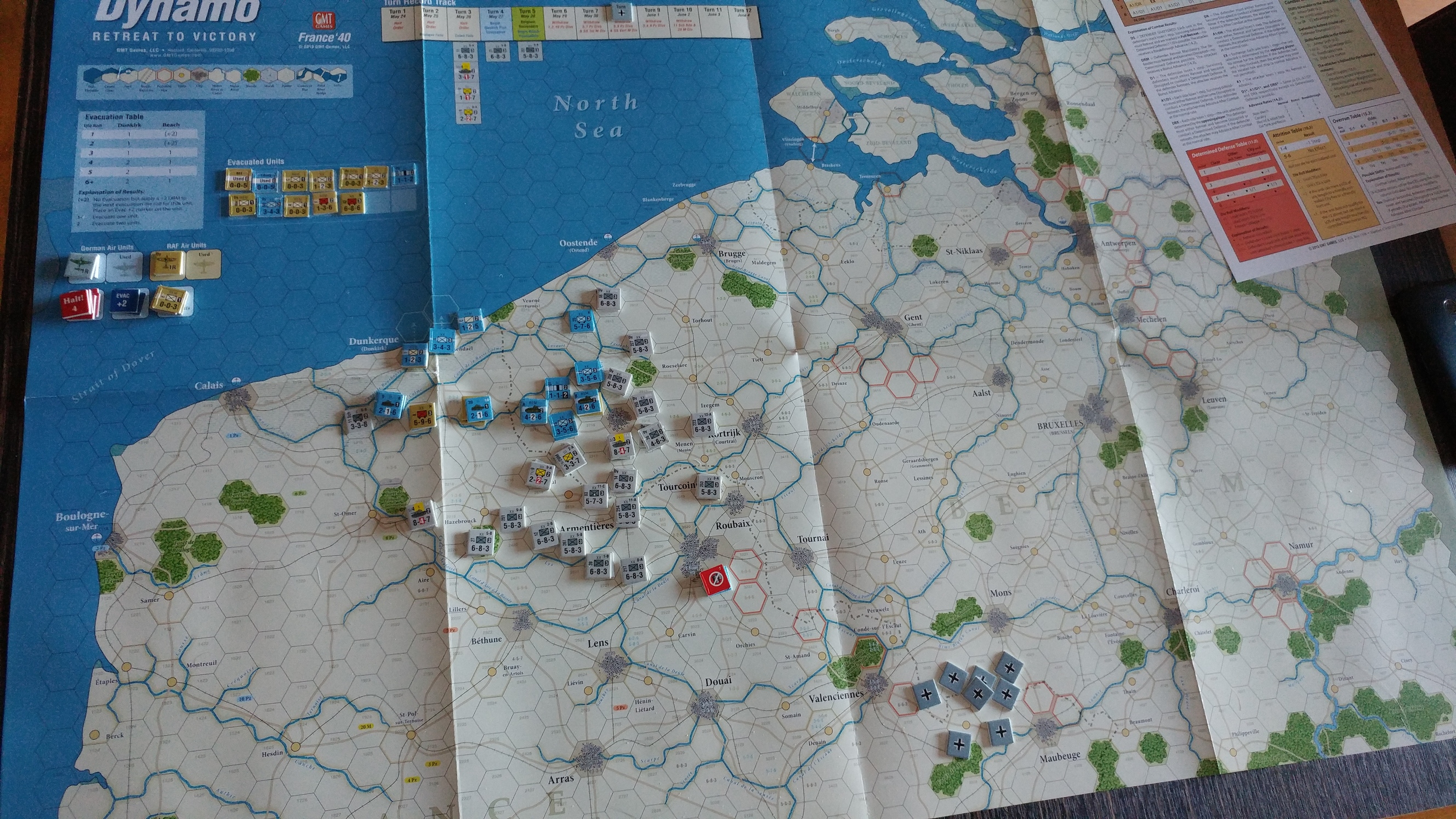
May 31st Despite a German breakthrough near Dunkirk, the evacuation is complete.
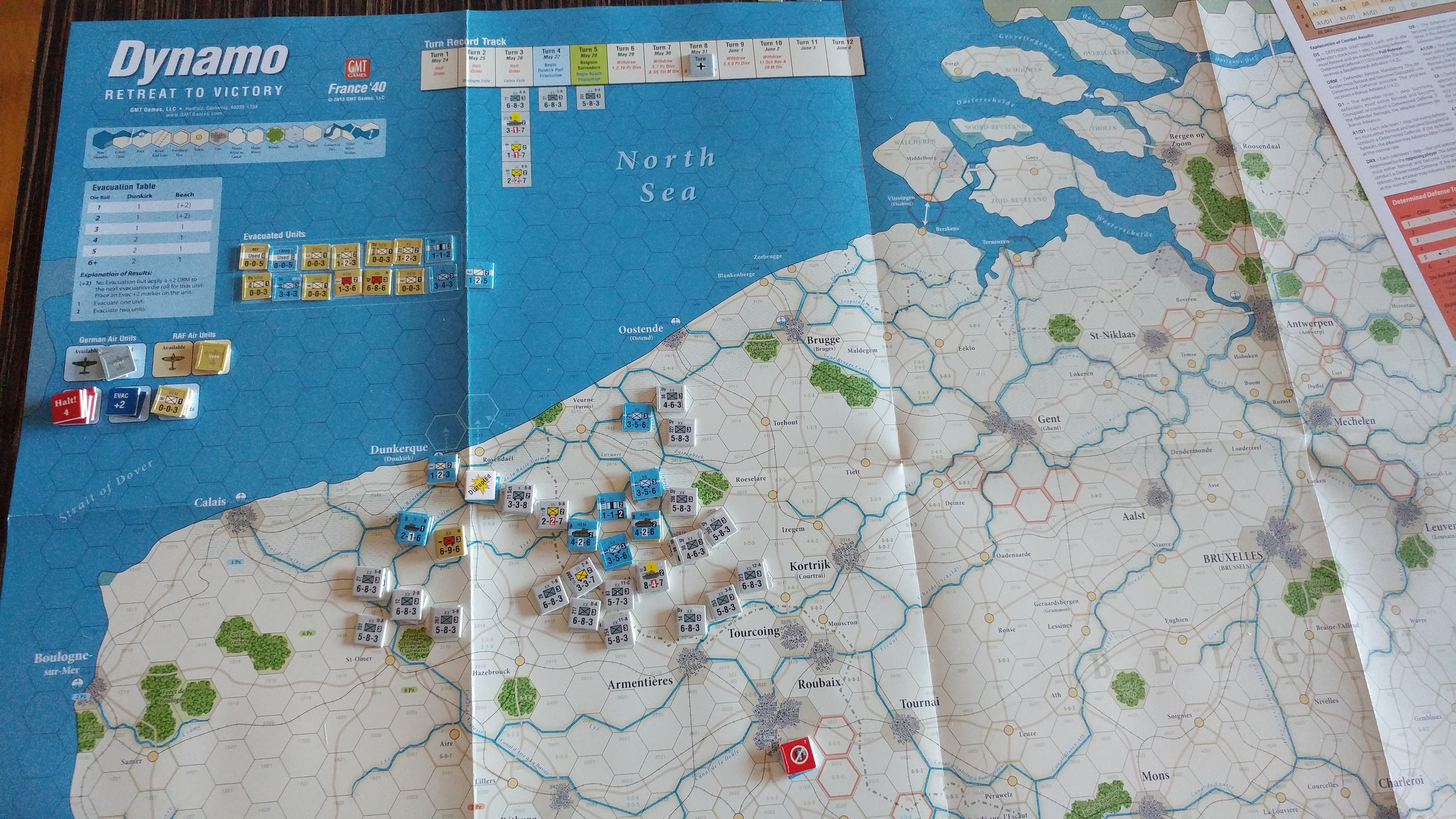
 Flax |
Flax |  Post a Comment |
Post a Comment | 









